Thursday, January 31, 2019
Samsung’s Galaxy S10 Line Screen Sizes Revealed, Confirmed to come with 3.5mm Audio Jack

There is not much time left for the Galaxy Unpacked 2019 event and we almost know all the specs of the upcoming Samsung Galaxy S10 E, Galaxy S10, Galaxy S10+ and Galaxy S10X (5G Model) although we need to wait a few more days for the company to announce them officially. Now there are fresh leaks of the same as the case manufacturer Nimbus9 has revealed the cases from its Phantom 2 line for three of Galaxy S10 models.
The Galaxy S10E which is mentioned as S10 line on the packaging of the box of the case will be featuring a 5.8-inch display while the Galaxy S10 and Galaxy S10 are listed as 6.1-inches and 6.4-inches respectively. These are the same sizes of the handsets that were rumored earlier. Furthermore, The Galaxy S10E case comes with a cutout for a fingerprint scanner on the right side of the phone.

The Galaxy S10 and S10+ will be featuring Qualcomm’s Ultrasonic in-display fingerprint sensor and importantly all the three cases have a cutout for a 3.5mm audio jack. Phone Arena also mentions that the Galaxy S10E feels quite compact while the case of the Galaxy S10+ does not feel as big too. It feels smaller than that of Galaxy Note 9 and even the Pixel 2 XL phone.
It will be interesting to see if these handsets will be coming with the infinity notch displays on them or in-display camera hole. Well, we need to wait a few more weeks to that to be revealed. Samsung is expected to showcase many products at the Unpacked 2019 event and we are sure it is not going to be boring as it might also reveal its foldable device. Comment in the section below if you have more queries and stay tuned to PhoneRadar for more news and updates.
The post Samsung’s Galaxy S10 Line Screen Sizes Revealed, Confirmed to come with 3.5mm Audio Jack appeared first on PhoneRadar.
Best laptops under Rs 40,000 in India for February 2019
The top laptops under Rs. 40000 now often feature a dedicated graphics card for mild gaming on a budget, without compromising on other aspects of the device. The sub 40K is most the most asked price segment when it comes to notebooks. From students to office-goers, everyone can easily get a laptop that does basic day to day tasks with an ease.
If it's about the add-ons, many of them offer a dedicated graphic card, or multimedia features or sometimes you may get additional power for intensive tasks. But certainly not enough power to suffice the need of a video editor or a graphic designer for that matter.
Still, finding the best laptops among the options available can be a little challenging. There are many configurations available, some with newer processors and some with older ones. Some of the previous generation laptops may also be better than newer ones when you consider the specs-to-price ratio.
As always, we’ve tried to make the job of selecting the best laptop under Rs 40,000 easier for you.
Note that these prices and deals were available when this article was written.

HP has several affordable options when it comes to laptops with an integrated graphics card. The HP 15-DA0326TU features a 15.6-inch Full HD backlit LED display, along with the full set of connectivity options. Dual speakers and HP’s Truevision HD webcam round up the specs of the laptop.
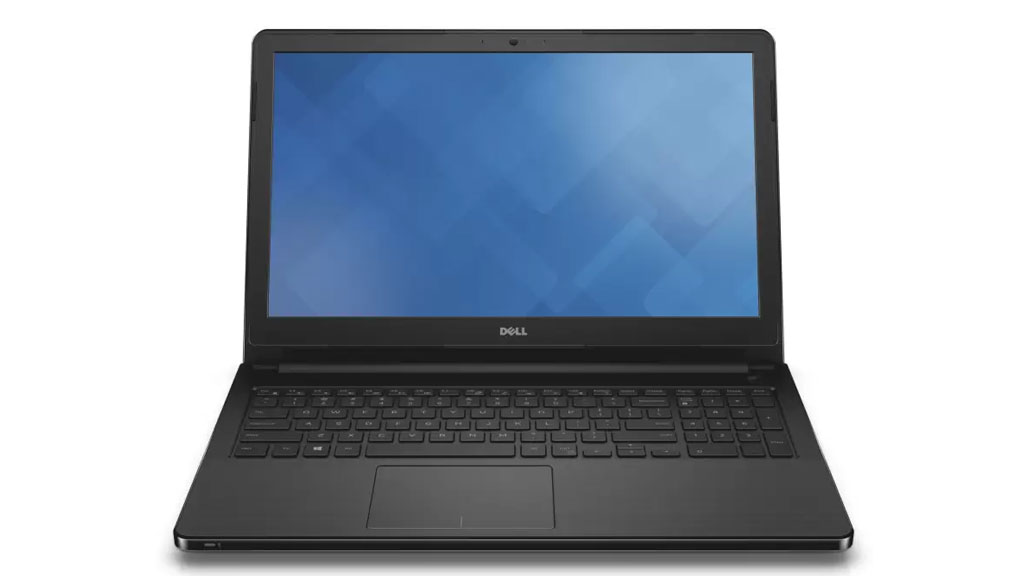
The first Dell entrant in this list, the Inspiron 3567 comes with the latest generation of Intel’s Core i5 processor with integrated Intel HD graphics. It looks minimalist and comes with six hours of battery life, which is good compared to other options.
The Inspiron 3567 also features a similar 15.6-inch HD display, but comes with half the RAM compared to its competitors at this price. You will have to decide whether you want the latest generation processor or more RAM.

Another good laptop from Acer is the Aspire E5-575G. It comes with a 6th gen Core i3 processor, but makes up for it with a dedicated 2GB NVIDIA GeForce 940MX graphics card.
Compared to the E5-575, it is slightly more expensive but having a dedicated graphics card could be worth it if your main goal is to game comfortably.

The Dell Inspiron 15 5000 is powered by a seventh generation Intel Core i6 processor coupled with Intel HD Graphics. It features a 15.6-inch full HD display, offering a vivid visual experience to users.
It is a powerful device and at this price point, offers excellent value for money to its users. It runs on Linux and sports dual stereo speakers with MaxxAudio Pro support, for a good audio experience.

The Asus X541UA-XO561T features a 15.6-inch HD display and is powered by a sixth generation Intel core i3 processor with Intel Integrated HD 520 graphics. It is equipped with 4GB of DDR4 RAM, 1TB HDD and runs on Windows 10 Home.
Like other affordable laptops, this device from Asus also lacks dedicated graphics and is equipped with Intel HD graphics. Additionally, it offers only 4GB RAM, but considering its price, it is a capable contender in this list.

Acer has another E5-575 laptop with a newer Core i5 7th generation processor with integrated Intel HD graphics. It also comes with 8GB DDR4 RAM and a full set of connectivity options. Considering its current price, the E5-575 Core i5 is a good machine to consider, compared to the Dell Inspiron 3567.

The Dell Vostro 3468 with 7th Gen Intel Core i5 processor is next in this list. The laptop comes with Window 10 operating system and has a plenty of ports including 1xUSB 2.0, 2xUSB 3.0, 1xHDMI port and 1xVGA port. Weighing 1.96kg, the laptop is lightweight which makes it highly portable for the users.
So, apart from getting a good processor, you will have a number of connectivity options and that too with a reasonable price tag.
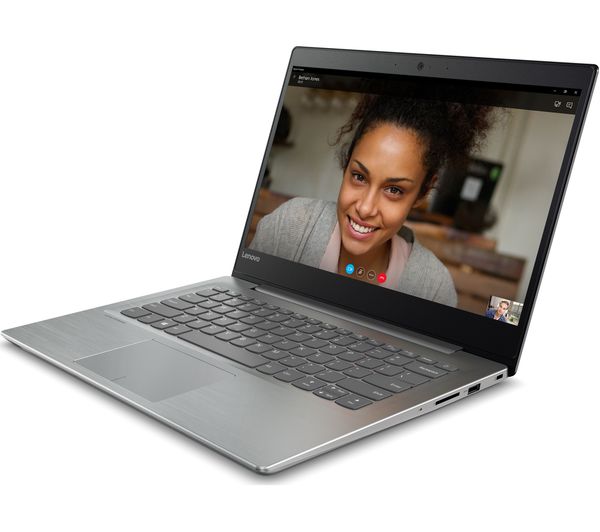
Falling next very close to under-40k category is the Lenovo Ideapad 320. The laptop has in-built Harman speakers with Dolby Audio which ensure crystal clear sound to the users who like to consume media.
Along with superior sound quality, the laptop also offers crisp display with up to full HD IPS resolution. The 7th gen Intel i5 processor is still among the best you would get on a competition, so performance and efficiency is ensured. A 2GB graphic card also lets you play mild games without needing a gaming laptop, but of course, heavy titles might not fit in that system. But overall, it's a highly recommended machine for the price.
The best ebook readers for Australians in 2019
Even for the most ravenous of book lovers, dedicated ebook readers can be a fairly easy idea to dismiss. After all, if you've got a modern big-screen smartphone or a tablet, it's dead simple to just download Amazon's Kindle app to get your ebook fix.
According to a 2014 report from the Stanford Center for Teaching and Learning, however, the way we read on our smartphones and PCs is different from how we read on paper. Thanks to the internet, we've trained our eyes to skim and dart around on screens, constantly hunting for the information we're after – a non-linear behaviour the Stanford paper calls 'surface reading'.
When reading from a paper book, by contrast, our brains switch to a more concentrated form of information processing – dubbed 'deep reading' – and it's a mode that actually helps us better absorb and comprehend what's on the page.
To us, that sounds like a great argument for giving books their own space, away from the distractions of apps and constant notifications on our modern do-all devices.
And while there's certainly something irreplaceable about curling up with a good hardcover or paperback, nothing beats the convenience of a digital device when it comes to size and browsing for new books – but with a dedicated ebook reader, you can arguably have the advantages of both.
By design, they're a simpler device made for the singular purpose of reading – and they have advantages too, such as batteries that last weeks rather than hours, and much-clearer legibility in direct sunlight.
Here are the best ebook readers you can buy today:
Kindle Oasis (2017)
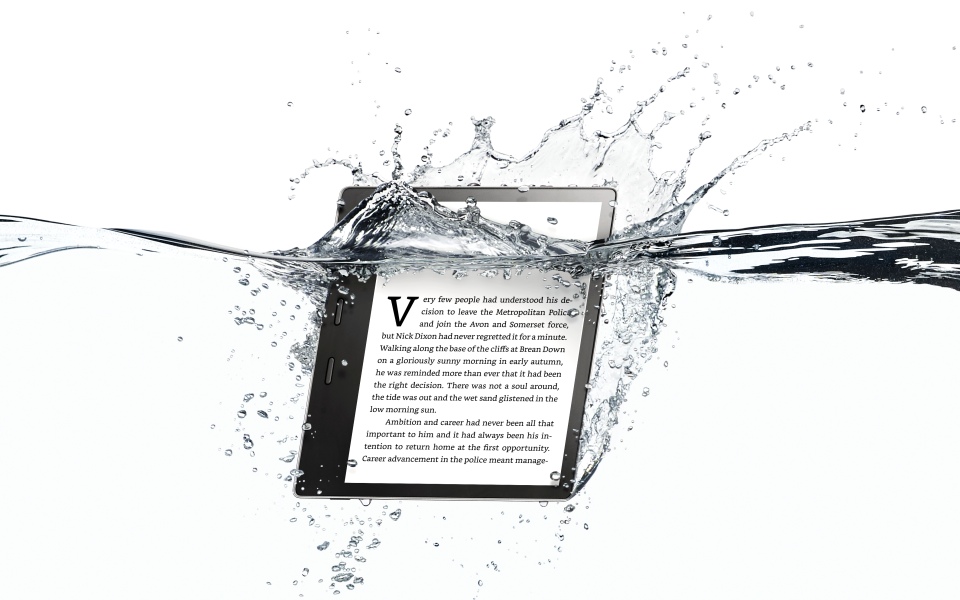
Amazon's original Kindle Oasis has been around for a while now, a premium ebook reader that dropped jaws with its unconventional design – where one side is considerably thicker than the other – and rather outlandish price; in Australia, the Kindle Oasis launched at a jaw-dropping $449.
Amazon’s second-gen Oasis ups the ante on its forebear in numerous areas and this is a redesign that, by and large, has definitely been worth it.
With an aluminium body and a matte-finish glass panel to cover its high-res, 7-inch E Ink display (adding an inch over its predecessor), the new Oasis has an almost iPad-like feel that's both classy and durable. It’s also the first Kindle to include water-proofing, where it beats most flagship smartphones with an IPX8 rating.
And yet despite those improvements, the price is also more palatable in Australia, dropping $60 to a slightly more reasonable $389 for the 8GB model – although opting for the bigger 32GB model will still set you back $529.
The asymmetrical design gives you a nice big holding area on one side of the display and thin bezels everywhere else. Swap from holding the Oasis in your left to right hand (or vice versa) and the screen orientation automatically flips around to accomodate. The two dedicated page-turning buttons have a super-satisfying and reassuringly-stable click when you press them, and that 7-inch, 300dpi display is gorgeous too, rendering text and images with the same sharp and smooth results we saw on the first Oasis.
There’s another neat new trick underneath the Oasis’s hood, too: Audible audio-book support. There’s a big caveat, though, in that you can only output audio via Bluetooth – there are no inbuilt speakers or a 3.5mm headphone jack, so you’ll need to have a wireless speaker or set of headphones to use it.
Amazon has added a new optional viewing mode, letting you reverse convention and have white text on a black background, which should help reduce the amount of blue light being bounced into your eyes.
You still can’t borrow library ebooks in Australia if you're a Kindle user. Our libraries use the Overdrive system, which the Kobo range of readers support, but Kindles do not. There’s also no native integration with a read-it-later service, like Kobo has with Pocket, although you can email stories or use a free service like Pocket 2 Kindle to achieve this.
- Read our Amazon Kindle Oasis (2017) review

Kobo Clara HD
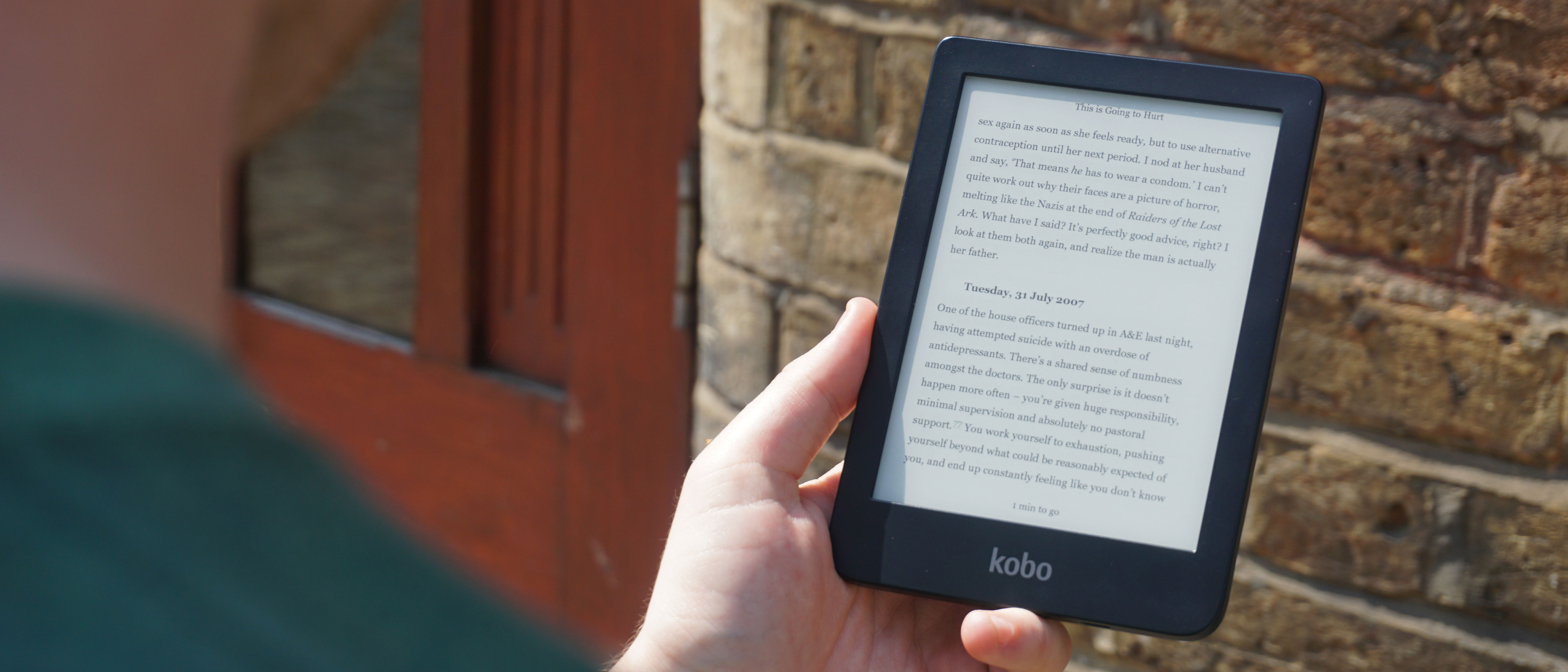
Kobo's new Clara HD ereader is more than capable of giving its direct competition – Amazon's Kindle Paperwhite – a run for its money. Priced $40 cheaper than its Kindle counterpart, the Clara HD manages to outperform Amazon's most popular ereader in almost every area that matters.
Key among those is the screen. The Clara HD's 6-inch front-lit display matches the Kindle for sharpness (both are 300ppi) but integrates a blue-light filter which uses your timezone to automatically change screen brightness at night to reduce your exposure to sleep-disrupting blue light. It fits that display into a compact body that's lighter than the Paperwhite, making it easier to slip into just about any bag.
Cover art and text are rendered at a higher DPI (dots per inch) on the Clara HD than other older Kobo ereaders, making them appear significantly sharper in comparison. The Clara HD also introduces a new 'rapid page turn' engine which allows you to quickly move forward in an ebook by holding down the bottom left corner of the screen. The slight caveat is that this feature only works with KEPUB ebooks, ie the ones bought directly from Kobo.
The responsiveness of the new E-Ink screen was also much faster and more precise than we're used to seeing on either Kindle of Kobo ereaders, which makes things like text selection for dictionary lookup (or highlighting and note-taking) much less hit-and-miss than before. It also has wireless Overdrive functionality, so you can browse and borrow from your local library's ebook collection directly on the device.
With battery life that lasts a couple of weeks, the Clara HD is a feature-packed device with a display that's the best-in-class for an ereader at this price point.
- Read our full Kobo Clara HD review

Kobo Aura H2O Edition 2 (2017)
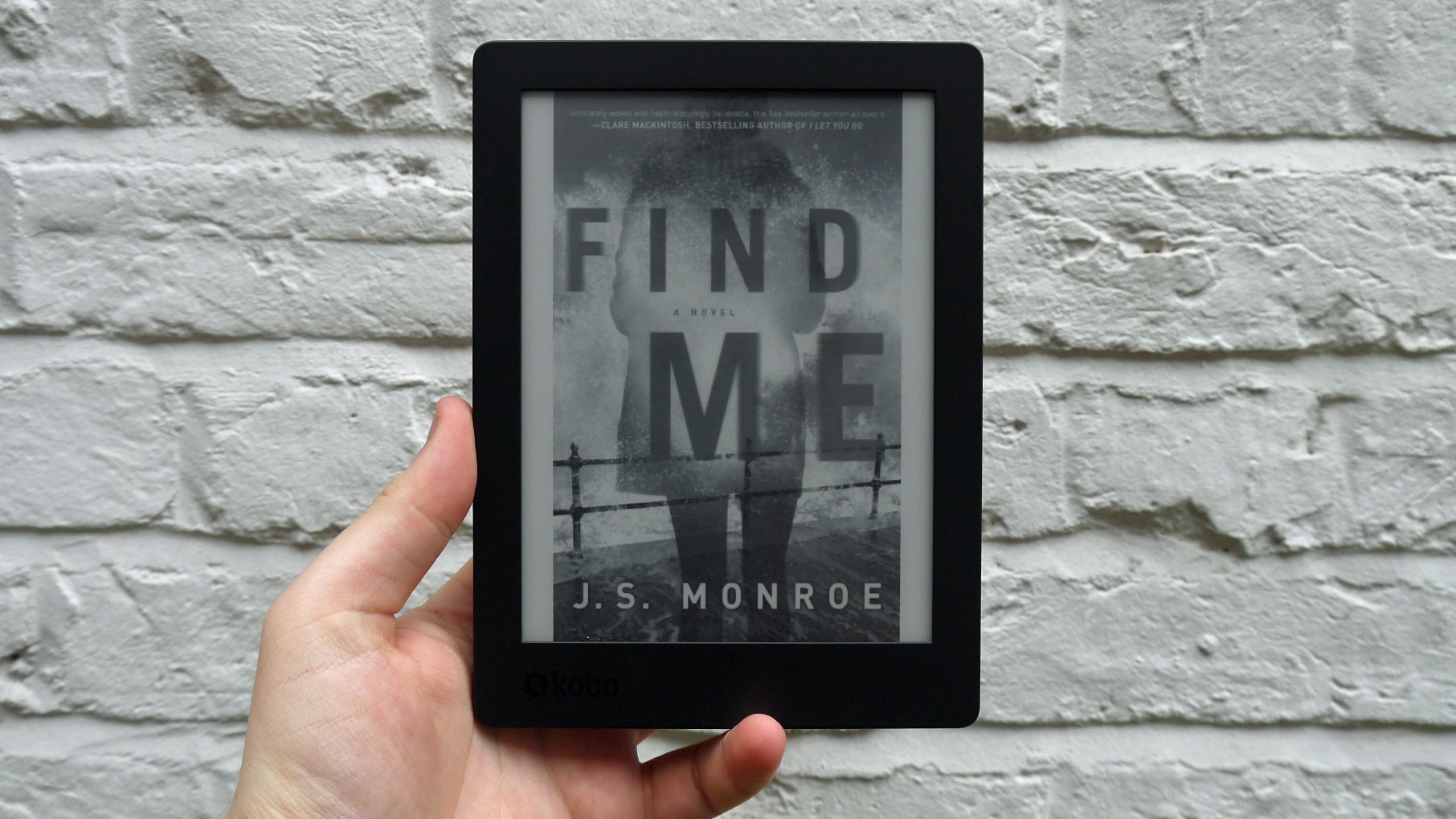
Kobo beat Amazon in the race to launch a waterproof ebook reader by releasing the first iteration of the Aura H2O way back in 2014. It wasn't just splashproof, it had complete waterproofing, in case you dropped it in the bath or in the pool.
The Kobo Aura H2O Edition 2 adds to the revolutionary features of the original model, for the same price of $239, to become a rather formidable competitor in the ebook reader market.
Continuing the waterproofing trend, the Aura H2O Edition 2 comes with IPX8 waterproofing, beating most smartphones in the market today, despite the charging port not being covered (like in its predecessor).
The addition of ComfortLight PRO means the e-reader's backlight will change colour as the day progressing – daytime reading's blue light exposure will gradually reduce, changing to a warmer yellow hue.
Kobo has retained the previous Aura H2O's solid build in the second iteration, although it is still thicker than the Aura One at 8.9mm. It boasts a screen resolution of 1440 x 1080, making words appear clear and sharp, even at maximum font size.
Battery life is also rather good and should last an entire week, although charging it back up to full capacity does take a while.
And, like the outgoing model, the Aura H20 Edition 2 is easily customisable in terms of fonts, margin widths and justification, adding to a great user experience.
- Read our Kobo Aura H2O (2017) review

All-new Amazon Kindle Paperwhite (2018)

Amazon may have discontinued the waterproof Kindle Voyage, but the tech giant has taken everything that's good in the Oasis and produced an affordable all-new Kindle Paperwhite that's not waterproof as well.
The Paperwhite has always been Amazon's most popular Kindle offering, and the new version also comes in at the same price point as the predecessor. However, there is a 32GB version as well, for those who need plenty to read and then some.
While the new Paperwhite might feel plasticky in the hand, it's comfortable to hold but can get a tad grubby with fingerprints on the rear. The bezel sit flush with the screen and resembles the new discontinued Kindle Voyage.
It shares the same display as the original Paperwhite – a 6-inch screen with 300 pixels per inch resolution. The brightness, however, has been improved, but not enough for anyone familiar with the older model to notice too much.
The biggest improvement on the new Paperwhite is audiobook integration. You can now listen to your Audible titles on the ereader by using a set of Bluetooth headphones or a wireless speaker. If you happen to have the ebook version in your library, you can seamlessly switch from one to the other without losing your place.
What all Kindles lack is support for library-lending in Australia, or the ability to read ebook files beyond Amazon's own formats (mobi and azw3) and PDF. That does limit the third-party stores you can buy ebooks from, which generally use the ePub format.
Still, at $199 the Wi-Fi version is a reasonable deal – although we'd steer clear of the $369 Wi-Fi+4G model. At that price, you might as well spend the extra $20 and get the better Kindle Oasis instead.
- Read our Amazon Kindle Paperwhite review

Kobo Aura One
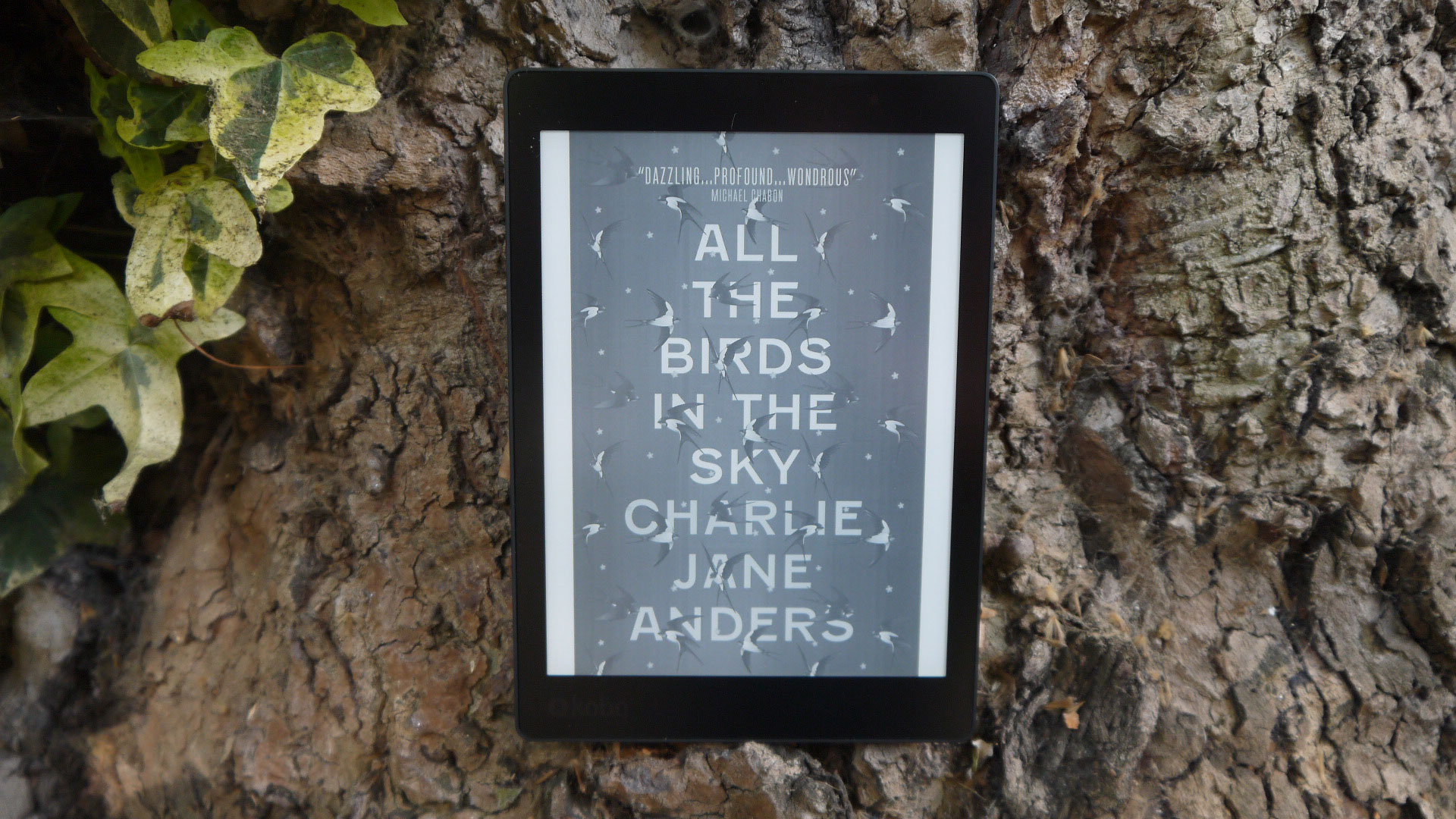
The Kobo Aura One might cost a whopping $350 but it is undeniably one of the best ereaders money can buy, with Kobo doing more than just improving its older basic models.
Compared to the 6-inch standard, the Aura One gives you a spacier 7.8-inch display that’s also at a higher 300dpi resolution (or 1,872 x 1,404 pixels), rendering text nice and crisp right down to the tiniest of font sizes.
You also get ample storage space (8GB), plus waterproofing, so you can safely read by the pool or in the tub. The inbuilt backlight has been improved with an orange-hue option that's less disruptive to sleep.
The One is also more enjoyable to hold and use, thanks to its more modern design language. And despite its size, it’s a tad thinner and lighter than the H2O, and all the corners are now comfortably rounded.
Combined with a textured rubber back, it’s easier to grip and hold up for prolonged reading.
On the software side of things, not a lot has changed from the H2O. There are still lots of options to customise font types and sizes, as well as margins, and all the exclusive features we love – like the ability to sync with Pocket (so you can easily read saved web articles in more comfort, whenever you like) and support for the OverDrive ebook lending platform (which is widely used by Australian libraries) – are still in place.
If the One has a main flaw, it’s that it doesn’t feel as robust or well-built as last year’s Aura H2O – which is frankly a bit of a tank – or most current Kindles for that matter.
On top of that, the bigger screen and new backlight seemingly team up to drain the battery more quickly than before. That said, we think that’s a fair trade off for the added screen size and general reading comfort.
Unfortunately the Aura One isn't widely available any more – you will have to get it straight from Kobo online – but if you are going to spend that kind of money on a premium ereader, you're better off waiting for the Kobo Forma.
- Read our Kobo Aura One review

- Interested in getting a new ereader? Compare the latest prices of ebook readers in Australia on our sister site Getprice.
Oppo K1 with in-display Fingerprint Sensor to Launch in India on February 6

Recently we have seen the teasers of the upcoming Oppo K1 smartphone and now Flipkart has confirmed the launch of the device in India. The handset will be a mid-range device which will be featuring an in-display fingerprint sensor and will be launched on 6th of February. The same device was announced in China a few months ago that was available in Van Gogh Blue and Mocha Red color options. Although there is no confirmation on the pricing yet, Oppo has already mentioned that it will be priced less than Rs. 20,000.
The Oppo K1 will be coming with a big 6.4-inch Full HD (2340 x 1080 pixels) AMOLED display with 19.5:9 aspect ratio. Under the hood, the company has provided an Octa-core Snapdragon 660 SoC with four 2.2GHz Kryo 260 and four 1.8GHz Kryo 260 CPUs coupled with Adreno 512 GPU. Furthermore, the handset will be coming with 4GB / 6GB of RAM options along with 64 GB of onboard storage that could be extended further up to 256GB via microSD card slot.
Out of the box, the Oppo K1 will be coming with Android 8.1 Oreo operating system with Colour OS 5.2 on top and this Dual SIM variant device will be sporting an In-display fingerprint sensor also. On the rear, the smartphone will feature a 16MP rear-facing camera with LED flash along with a secondary 2MP camera. On the front, we can find a 25MP selfie shooter.
The device will support Dual 4G VoLTE connectivity and has other connectivity options like Wi-Fi 802.11 ac, Bluetooth v5.0, GPS + GLONASS, A-GPS, and few more sensors. There is a 3600mAh battery to power the device. Are you planning to get this device? We need to wait for a few more days to get the official pricing of the same. Comment in the section below if you have more queries on the same and stay tuned to PhoneRadar for more news and updates
The post Oppo K1 with in-display Fingerprint Sensor to Launch in India on February 6 appeared first on PhoneRadar.
NBN plan comparison: best value options (updated February 2019)
With the NBN rollout well underway and expected to reach its completion target by 2020, there's a good chance you've already got access to the nation's high-speed network. While different addresses and areas have access to different connection types, one of the toughest choices customers will face is deciding which provider to go with, which speed tier to choose, and how much data they'll need.
On this page, we'll break down the best NBN plans currently on offer, whether it be the most affordable offering, the highest speeds and data allowances, or the overall best value. Along with our hand-picked choice offers, this page will feature a live tracker of the best NBN plans as, and when, they're put on offer, so you can be sure to get the best deal available right now!
Best NBN plans
After years of waiting, many Australians are now finding that the NBN has finally reached their area. If you do have access to a fibre connection, it's definitely worth considering one of the plans below. While a great many plans offer unlimited data, there are still some that don't, and others will sacrifice certain perks in order to cut costs, so keep an eye out for what's included and what's been left out.
Editor's Pick: Best Value
Editor's Pick: Premium Package
Editor's Pick: Budget Plan
Live-updated NBN deals: today's best-value plans
- Want to see other broadband options? You can use our broadband plan finder to compare a huge range of Australian NBN, broadband and cable plans!
Other factors to consider
It's important to note these recommendations do not take into consideration other factors which could make certain deals a better option for you. For instance, do you already have a Telstra or Optus mobile plan and home phone line? If so, sometimes combining them with their respective NBN plans could save you some money.
When applying for new NBN deal, make sure you're not already signed up to a contract you can't get out of – most contracts are on 12 or 18 month terms, so it's important to contact your current provider before committing to anything else.
Another thing worth noting is some services may not be available in your area. If a particular deal seems good to you, head over to the provider's website to find out if it's available at your address.
Best laptop sales in Australia: Cheap laptops to buy in February 2019
If you're looking for a cheap laptop or a mammoth saving on a premium portable computer, you've come to the right place. We've scoured the web for savings – from the usual suspects to the niche deal sites – and rounded up all the genuine and worthwhile specials in one neat place. We've covered everything from budget browsing machines to high-performance powerhouses, so you'll no doubt find something to match your needs.
Up the top, we've highlighted a selection of the latest deals that we've sniffed out, so you can reap the rewards of having your finger on the pulse. Below that we've covered some of the more popular laptops that often come up on special, and then included a quick list of the best prices on TechRadar's pick of the latest best laptops.
If you're from the US or the UK, check out our selections of the top laptop deals in the US or in the UK.
Best laptop deals this week

We'll keep on updating the list of deals as and when we find them. Below, you'll find up to date prices on TechRadar's favourite laptop, so keep an eye out for those savings.
The best deals on our favourite laptops
Over the years we've reviewed plenty of laptops and, as a result, we've seen what to avoid and what to jump on when there's savings to be had. We'll keep track of the prices of some of the best we've seen so that you can snatch up a bargain when they do show up. Check out the prices below and see if anything has dropped enough to tickle your fancy.
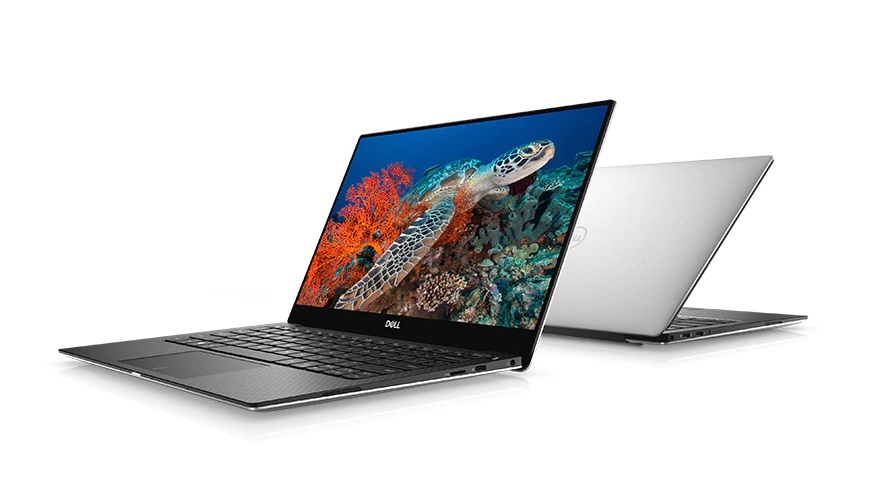
Saying that we're very happy with Dell's XPS 13 is a huge understatement. The slim profile, revolutionary design and small frame bely its powerful performance and gorgeous 13-inch screen. Typically you'd have to weigh up portability and performance, but the XPS 13 has managed to strike a fine balance between the two. With Intel's latest Kaby Lake processors plus lighting, quick storage and memory, the XPS 13's starting price is certainly an impressive one. We're so chuffed with it that it's still one of our favourite Ultrabook, and has taken the top spot as the best Windows laptop and the best overall laptop.
Read the full review: Dell XPS 13
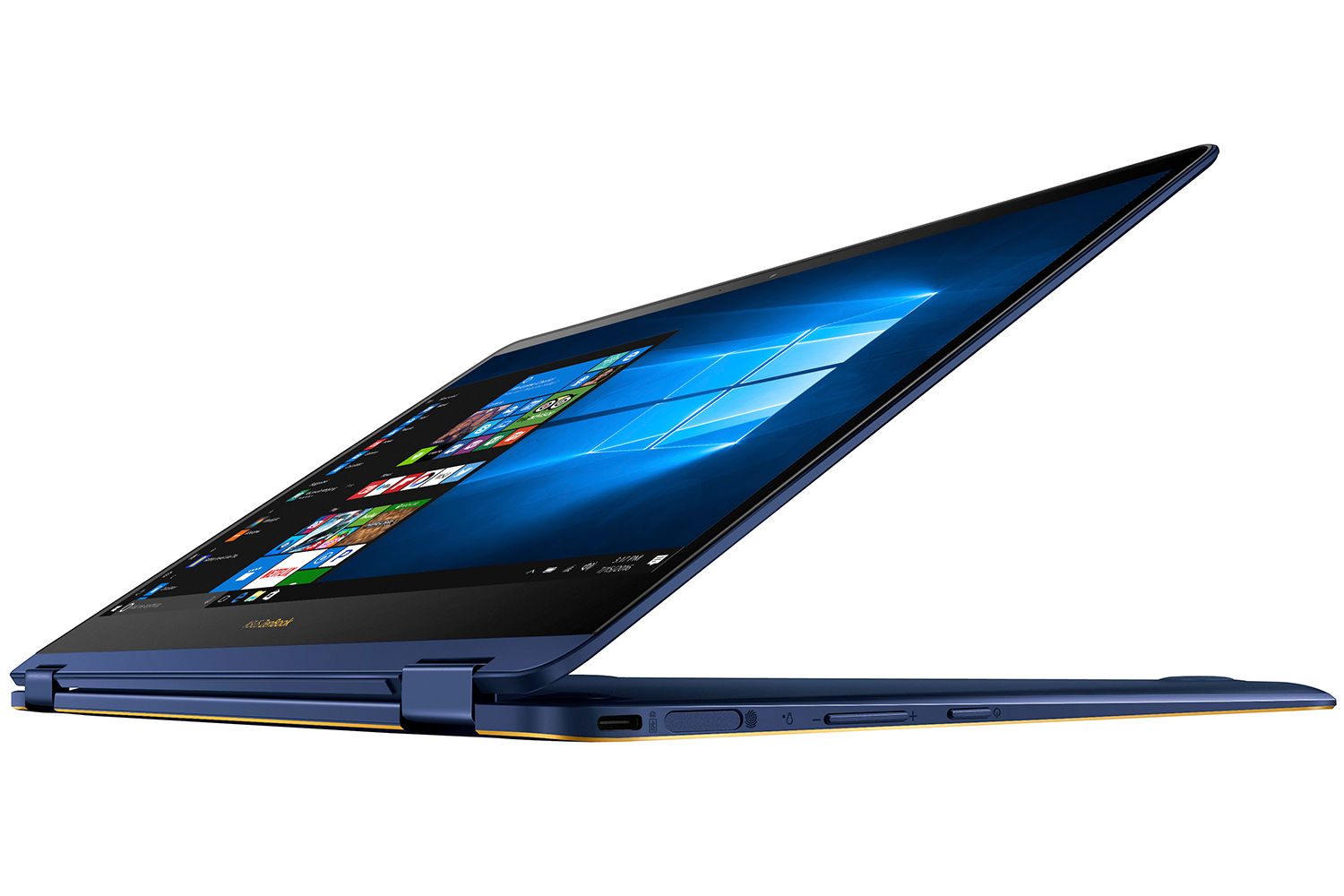
Asus has nailed it with the overhauled ZenBook Flip S 2-in-1. Adding top of the line processing power, plenty of memory and a speedy PCle solid state drive available in some of the models, this laptop shows off a beautiful new design to perfection, giving you the ability to use it as a laptop or a tablet. While it costs a pretty penny as compared to some of the competition out there, it would be our top recommendation if money isn't a factor.
Read the full review: Asus ZenBook Flip S UX370
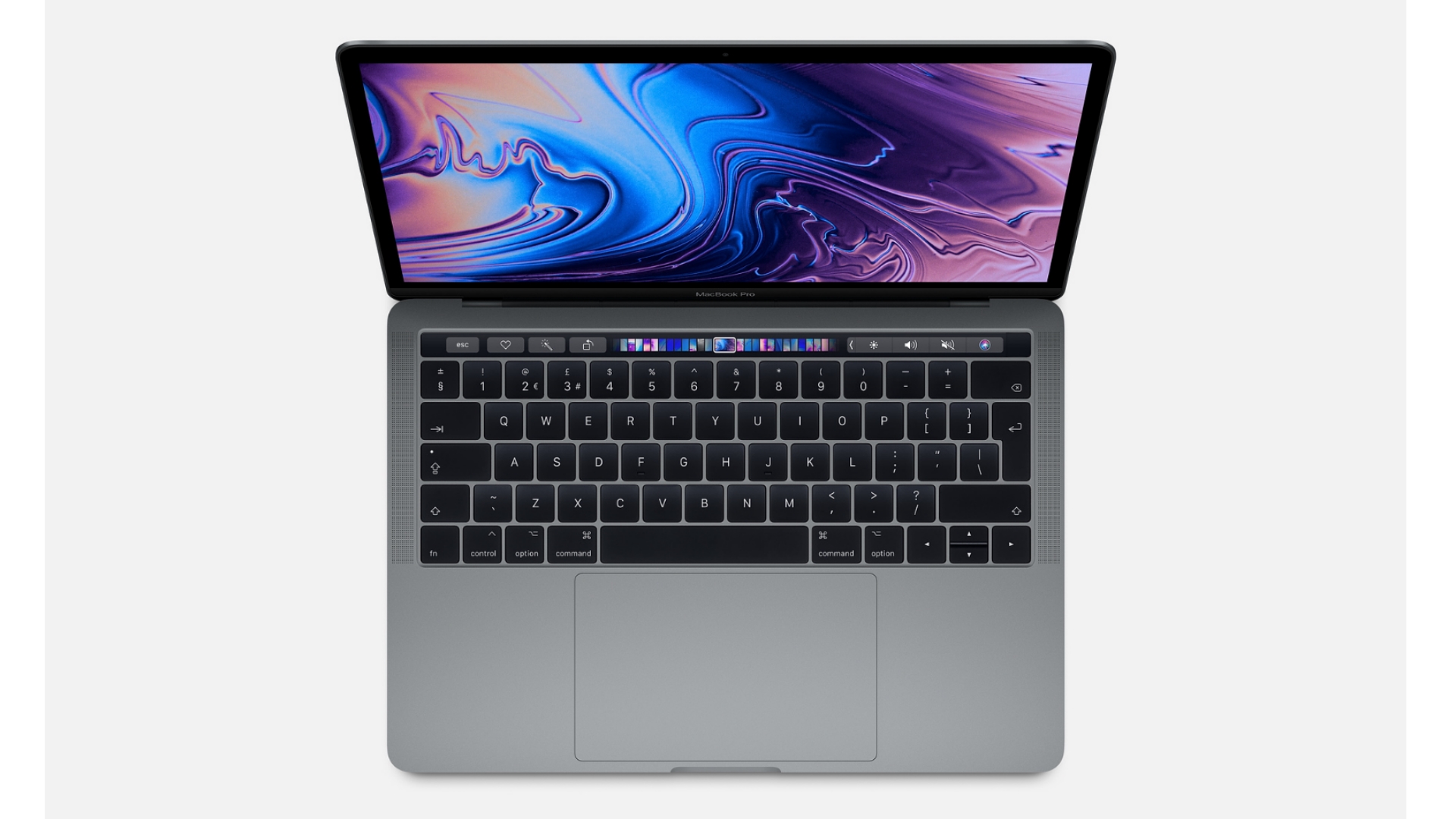
While this may not be a great leap from the previous generation of MacBook Pros with Touch Bar, the 2018 model is definitely the best Apple has produced to date. The Cupertino firm has ramped up performance for the 13-inch MacBook Pro 2018, more so than the bigger 15-inch model as well. A thin OLED display at the top end of the keyboard can be customised to for various functions, and also offer Touch ID for secure logins. And although it retains Apple's signature design, it doesn't come cheap, but you can argue with the choice if you're a diehard Apple fan.
Read the full review: Apple MacBook Pro with Touch Bar 13-inch (2018)
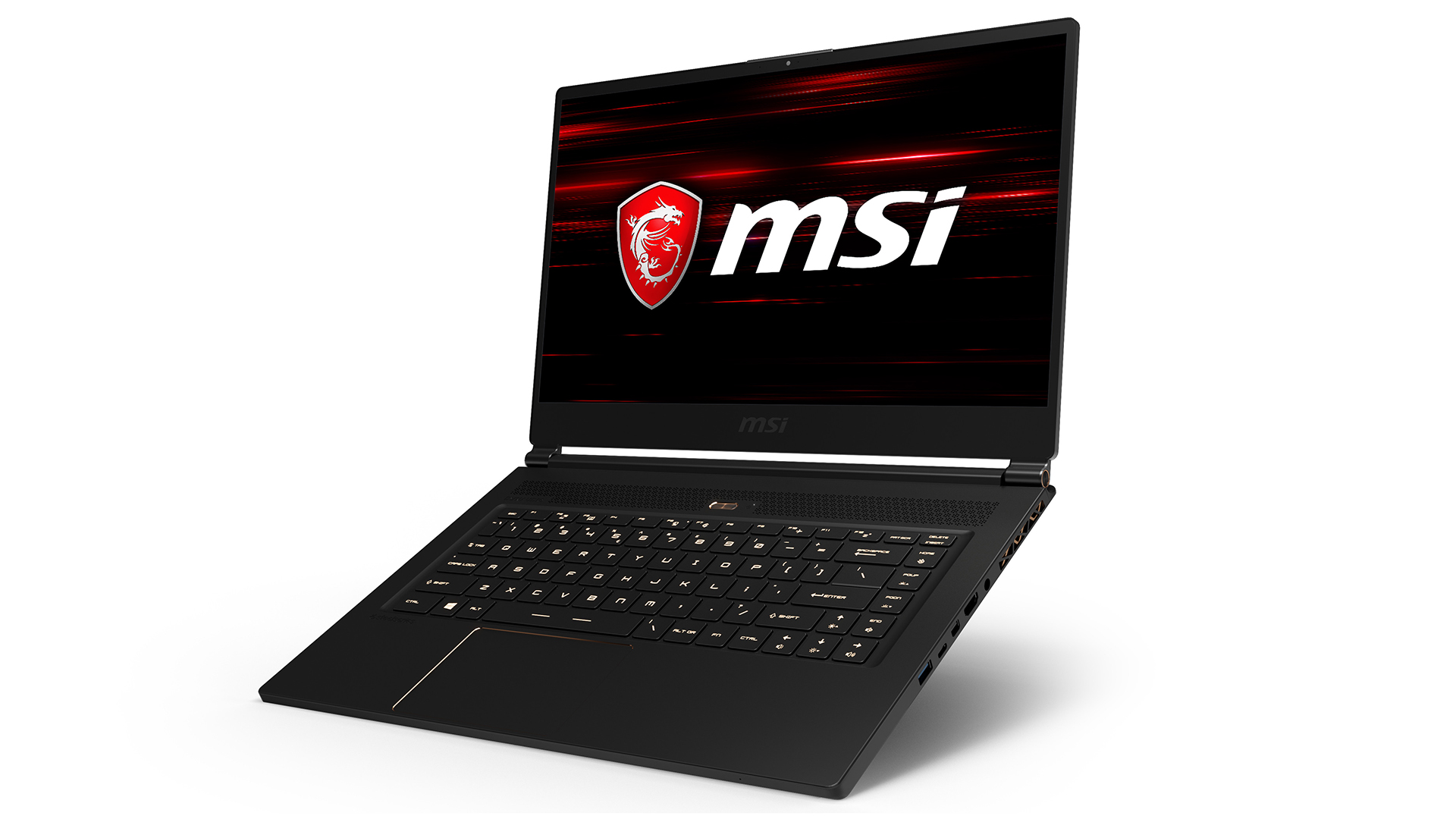
Our earlier choice of gaming laptop, the Asus ROG Zephyrus GX501 has been knocked off its perch by MSI's GS65 Stealth. With cutting edge components, including an 8th-gen Intel Core i7-8750H processor and an Nvidia GeForce GTX 1070 GPU, it makes the top spot in gaming laptops. It's also cheaper than the ROG Zephyrus GX501. And it doesn't look like a hunky gaming laptop either; with subtle design tweaks, the GS65 Stealth can pass off as a work or study laptop without anyone being none the wiser.
Read the full review: MSI GS65 Stealth
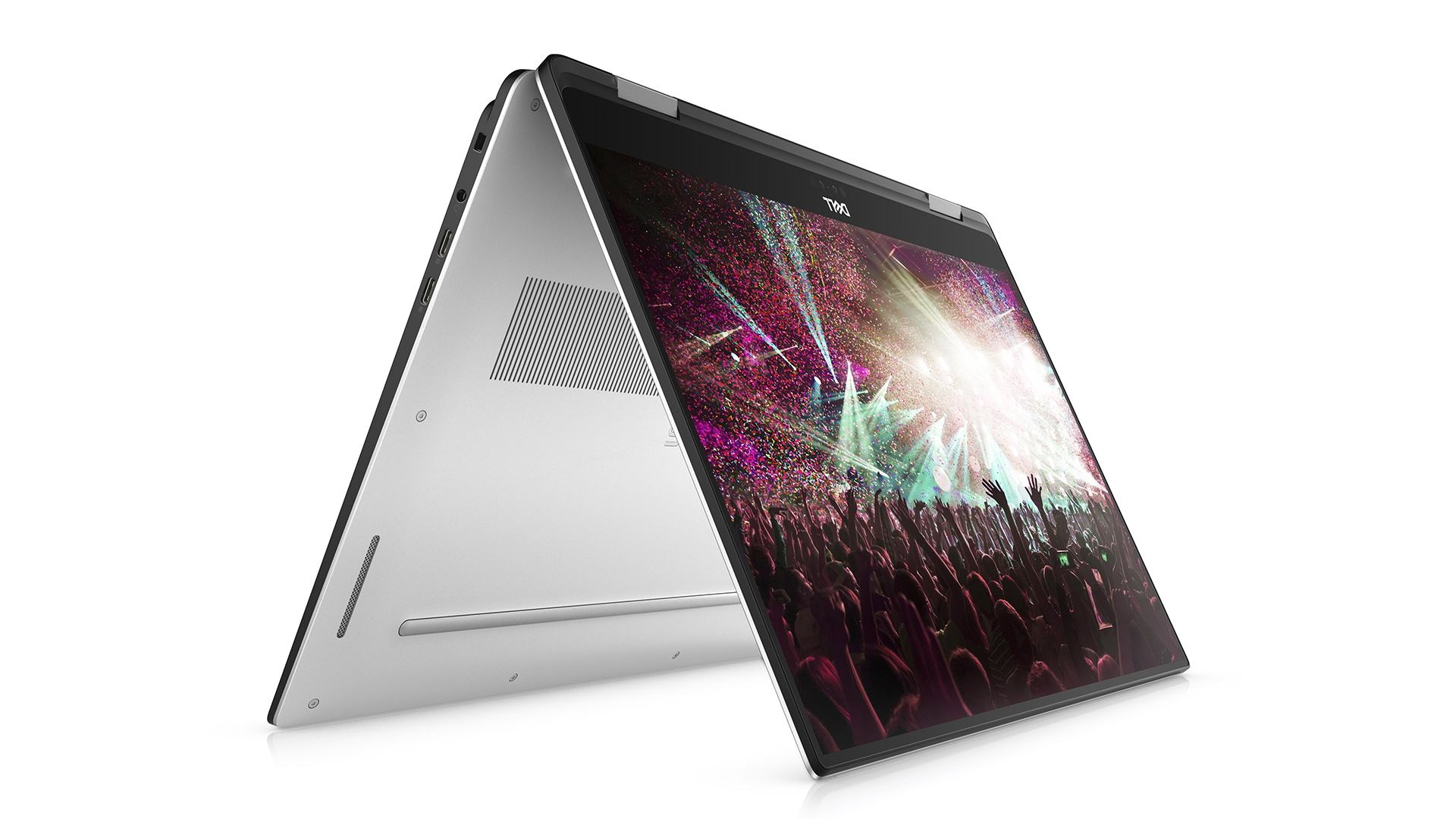
Dell's XPS 15 laptops were already some of the best you could buy, but this beautifully redesigned 15-inch 2-in-1 competes with the Dell XPS 13 in every respect, with the convenience of becoming a tablet when needed. It's one of the most aesthetically pleasing devices in its category and also boast plenty of power. Under the hood is a new Intel Kaby Lake G-series processor featuring 'discreet-class' Radeon graphics – meaning with the power comes a bit more noise.
Read the full review: Dell XPS 15 2-in-1
If you're after some more further info on the best laptops, check out some of our other dedicated articles:
- The best laptops of 2018 in Australia
- Best gaming laptops of 2018
- The best ultrabooks of 2018
- Best business laptops of 2018
- Best 2-in-1 laptops of 2018
Watch the video below for the top 7 things to consider when buying a laptop.
Best noise-cancelling headphones 2019: the best headphones for travel and commuting
Best Noise-Cancelling Headphones Buying Guide: Welcome to TechRadar's round-up of the best noise-cancelling headphones you can buy in 2019.
Commuting well and truly sucks - but it doesn't have to. Sure, trains, buses, or even walking down a busy street can be awfully noisy, but there are tools to help block out the noise and help you reach audio nirvana.
The best tools in the anti-sound arsenal are noise-cancelling headphones, with some of the best models from audio manufacturers like Sony, Bose and Sennheiser. Put a pair on and say goodbye to the days of suffering from honking traffic, crying babies, and noisy conversations.
These wonders of the modern era totally tune out any unwanted sounds, while simultaneously making your music sound even better than a pair of in-ear earbuds.
They're just as vital as your laptop, TV or mobile phone and to help you pick out a pair of headphones that deliver all of the above in spades, we've put together a list of the top 10 noise-cancelling headphones, listed below and ranked by their price-to-performance ratio.
Can't decide which headphones to buy? Check out our guide video below:
What are the best noise-cancelling headphones?
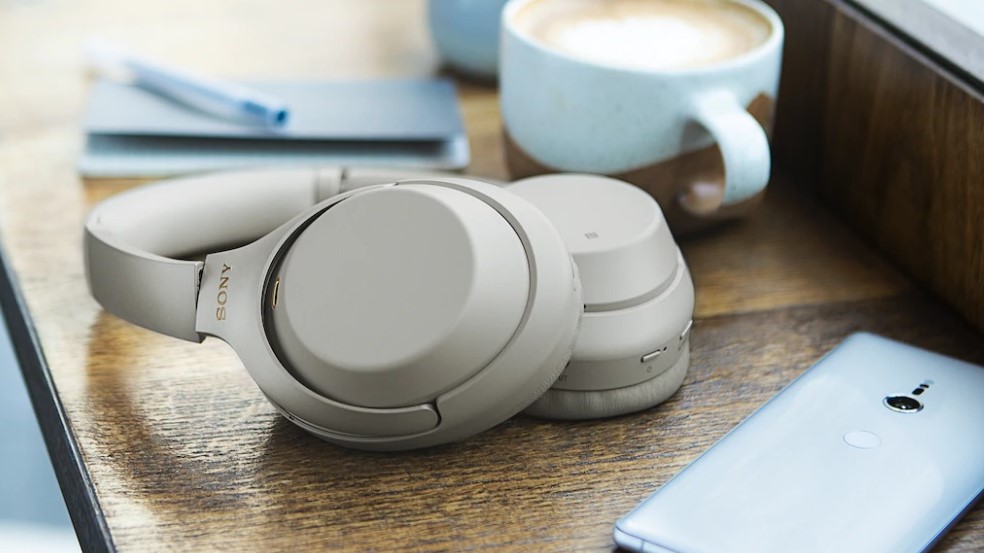
The Sony WH-1000XM3 are the best noise-cancelling headphones in the world two years running. Sure, they might be a small refinement of last year's excellent WH-1000XM2, but subtle tweaks like using USB-C instead of microUSB and adding padding along the bridge help make Sony's award-winning cans even better.
So why does everyone love the WH-1000XM3 so much? Well, it's exceptionally good at cancelling outside noise. Put a pair on while vacuuming and you'll barely hear the motor running. For music lovers, the Sony WH-1000XM3 features aptX HD and Sony LDAC, two of the best ways to listen to Hi-Res music from your phone without a wire. Finally, all of Sony's flagship headphones offer both Google Assistant and, starting in 2019, Alexa support, making them not only the best noise-cancelling cans on the market but some of the smartest, too.
Read the full review: Sony WH-1000XM3
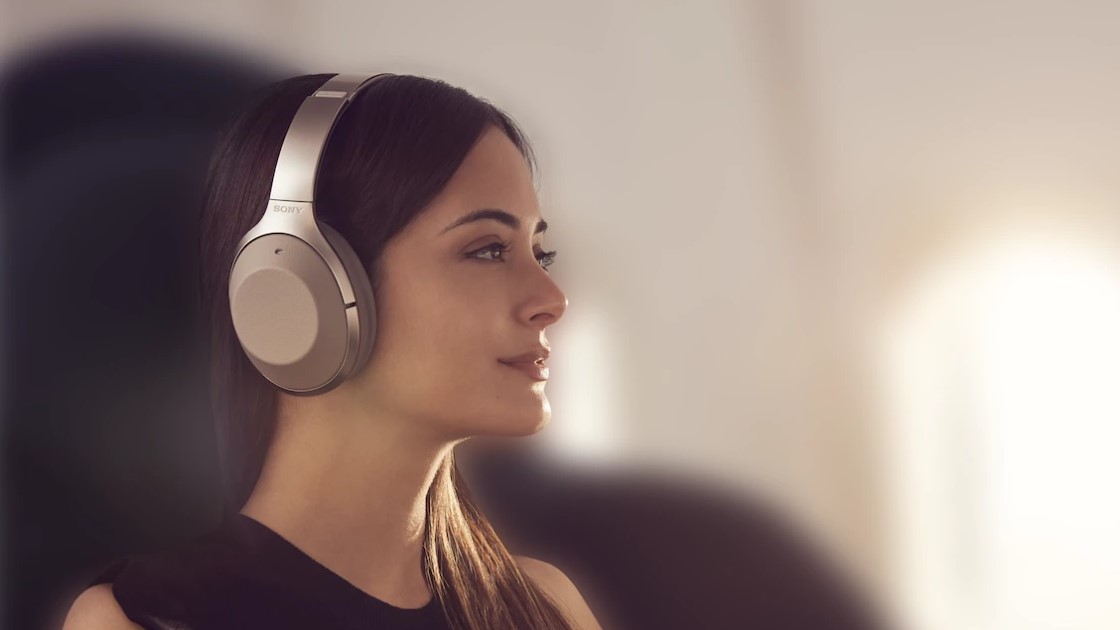
If you can find a pair, the Sony WH-1000XM2 are still some of the best noise-cancelling headphones around: They sound great, deftly wield noise cancellation technology and cost just as much as a pair of Bose QC35s. They might have a slightly shorter battery life than Bose’s flagship over-ear headphones, but Sony’s WH-1000XM2 outclass the QC35 in terms of performance and feature-set.
You’d want to pick these Sony headphones over the Bose because not only do they provide the same level of awesome noise-cancellation, but they have three neat tricks that Bose just doesn't have on its headphones: One is an ambient noise mode that only lets in mid-to-high frequency tones (announcements over a loudspeaker, for instance) and another being Quick Attention mode that allows you to let in all outside noise without taking off the headphones. (The latter is perfect when giving a drink order on a plane or speaking to a coworker for a brief moment before diving back into your work.) The last trick Sony has up its sleeve is the LDAC codec. Alongside the widely adopted aptX HD standard, LDAC enables Hi-Res Audio playback using the 1000XM2.
Great-sounding, feature-packed and just as affordable as the competition? The Sony WH-1000XM2 are a solid all-around pick for noise-cancelling cans.
Read the full review: Sony WH-1000XM2
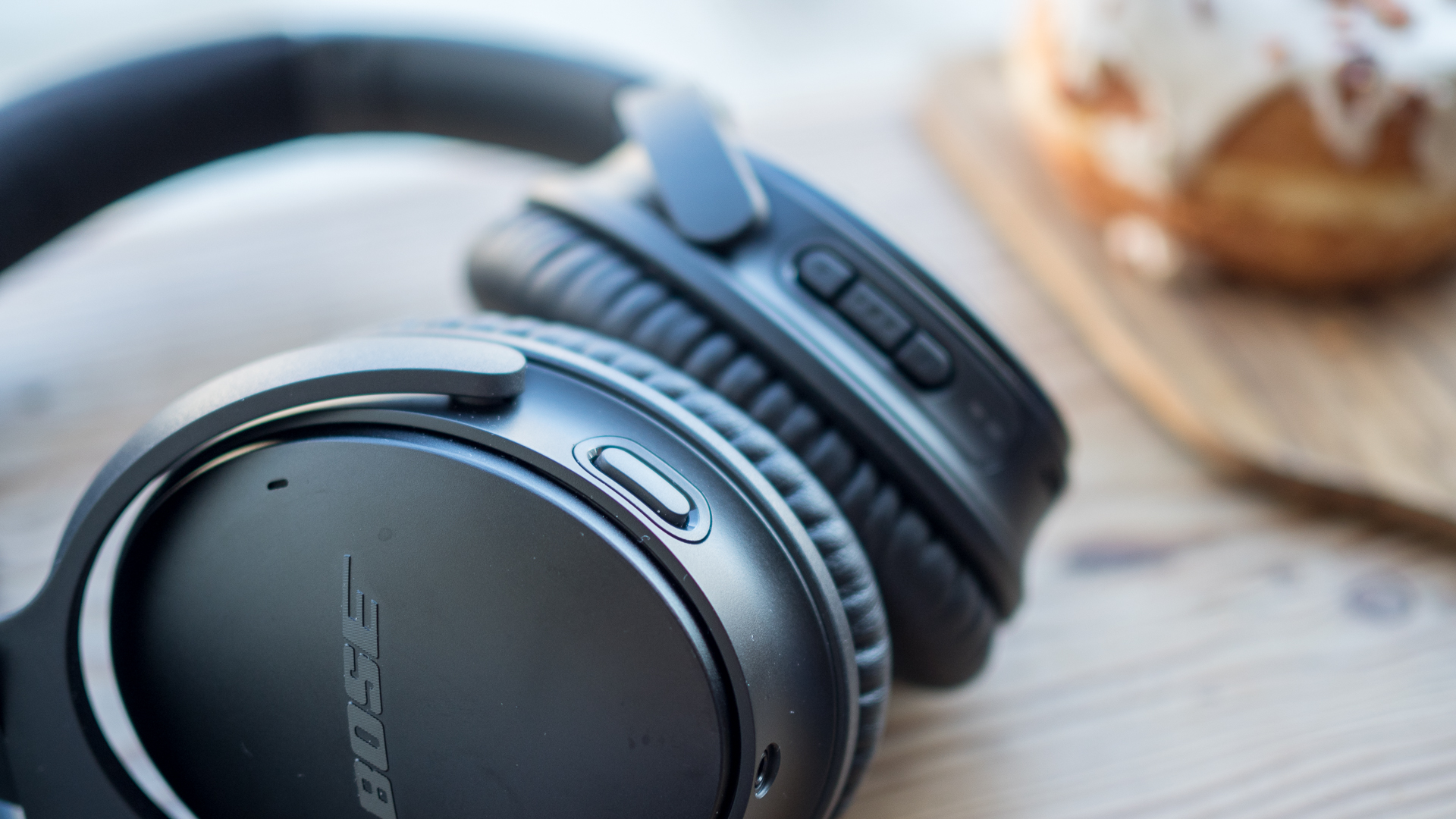
Coming in at the number two spot is the Bose QuietComfort 35 II - a nearly identical product to the already-excellent Bose QuietComfort 35 but updated for 2018 with Google Assistant. This means you still get the class-leading noise cancellation Bose is known for, good sound quality and incredible comfort, plus a convenient assistant to answer any inquiries you might have while traveling.
Taken as a whole, the Bose QC35 II NC is an excellent headphone for travelers and commuters. Bose has found a good balance of features that will satisfy most mainstream listeners. While we don't love them as much as the better-sounding Sony WH-1000XM2, they're still top of the class for noise cancellation.
Read the full review: Bose QuietComfort 35 II

The PXC 550's greatest strength is their sound. Other wireless noise-cancelling headphones might offer a better user interface or better noise-cancellation technology, but ultimately none of the above match up to the sound quality of these Sennheisers.
However, that said, there are a couple of irritations that prevent us from being able to fully and unreservedly recommend them, such as unresponsive touch controls. These annoyances aren't quite deal-breakers, but there are definitely other noise-cancelling headphones out there that don't suffer from the same issues.
Read the full review: Sennheiser PXC 550
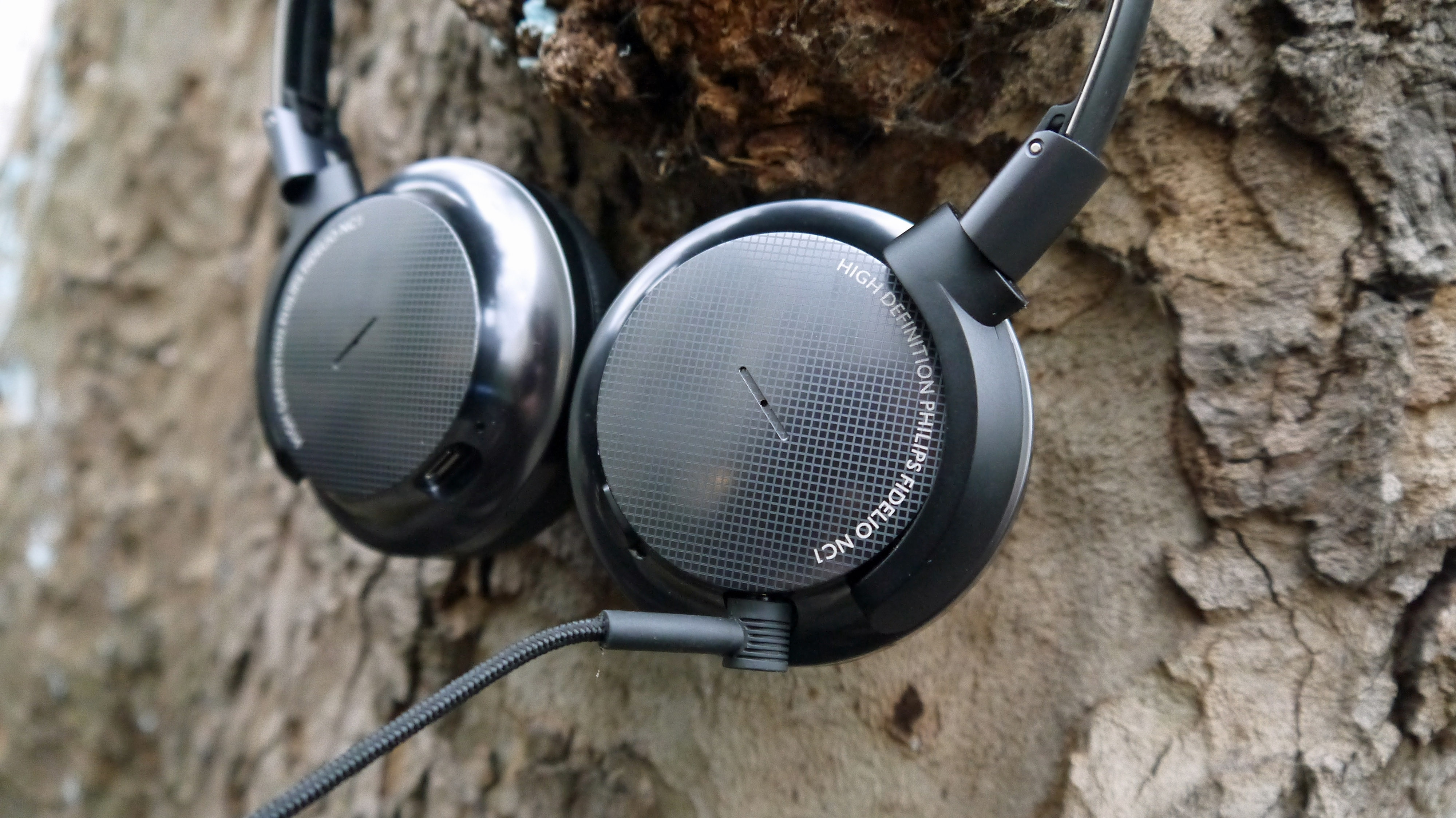
Philips presents a more elegant noise-cancelling solution with its NC1. These on-ear headphones aren't wireless like our top pick, but that's hardly a reason to knock them. Coming in at $299/£195, the NC1 are a compact set that's high on comfort and battery life.
You get a lot for the money here. In the box comes the headphones, a hard case for storage and the headphones rock a rechargeable battery that provides noise cancellation for close to 30 hours. But best of all, the sound performance is extremely well balanced and warm.
(A quite note for our Australian readers: Philips sadly no longer sells the NC1's down under, so you'll need to import a pair if you're keen.)
Read the full review: Philips Fidelio NC1
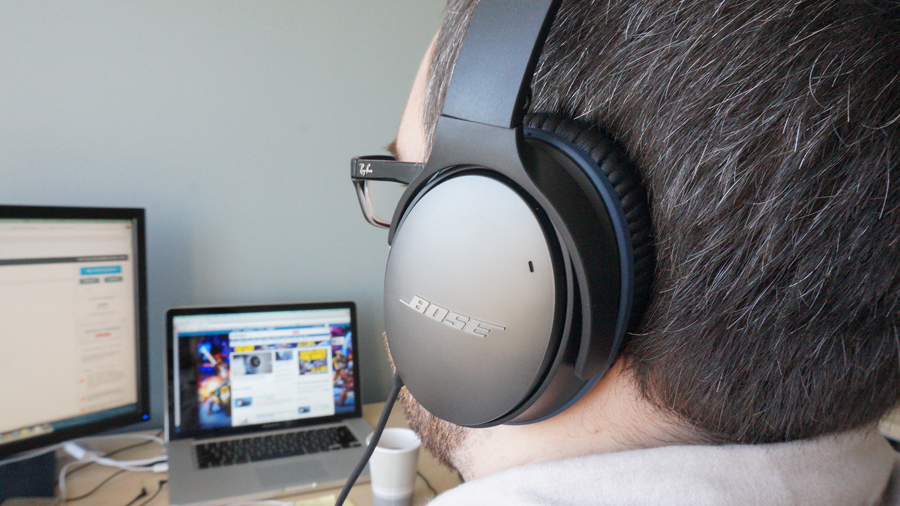
A few years ago, the Bose QuietComfort 25 are the best noise-cancelling headphones we've ever used. The lows, mids and highs came through clear as day, never stepping over each other. Music of all sorts sounded predictably incredible. With the noise-cancellation turned on, we never felt further immersed and concentrated than when we let the QC25 engulf our ears.
But that was a few years ago and time has moved on since. Bose has released not just one sequel to these headphones, but two: the QC35 and QC35 II with Google Assistant built in, both of which we'd recommend above the QC25.
But, it's not all bad. If you don't mind using the older, wired headphones, the QC25s are a finely-tuned set of cans that provide over 35 hours of very good noise-cancelling performance with one AAA battery.
Read the full review: Bose QuietComfort 25
[Update: These headphones also come in a wireless version - check out our review of of the Bose QuietComfort 35.
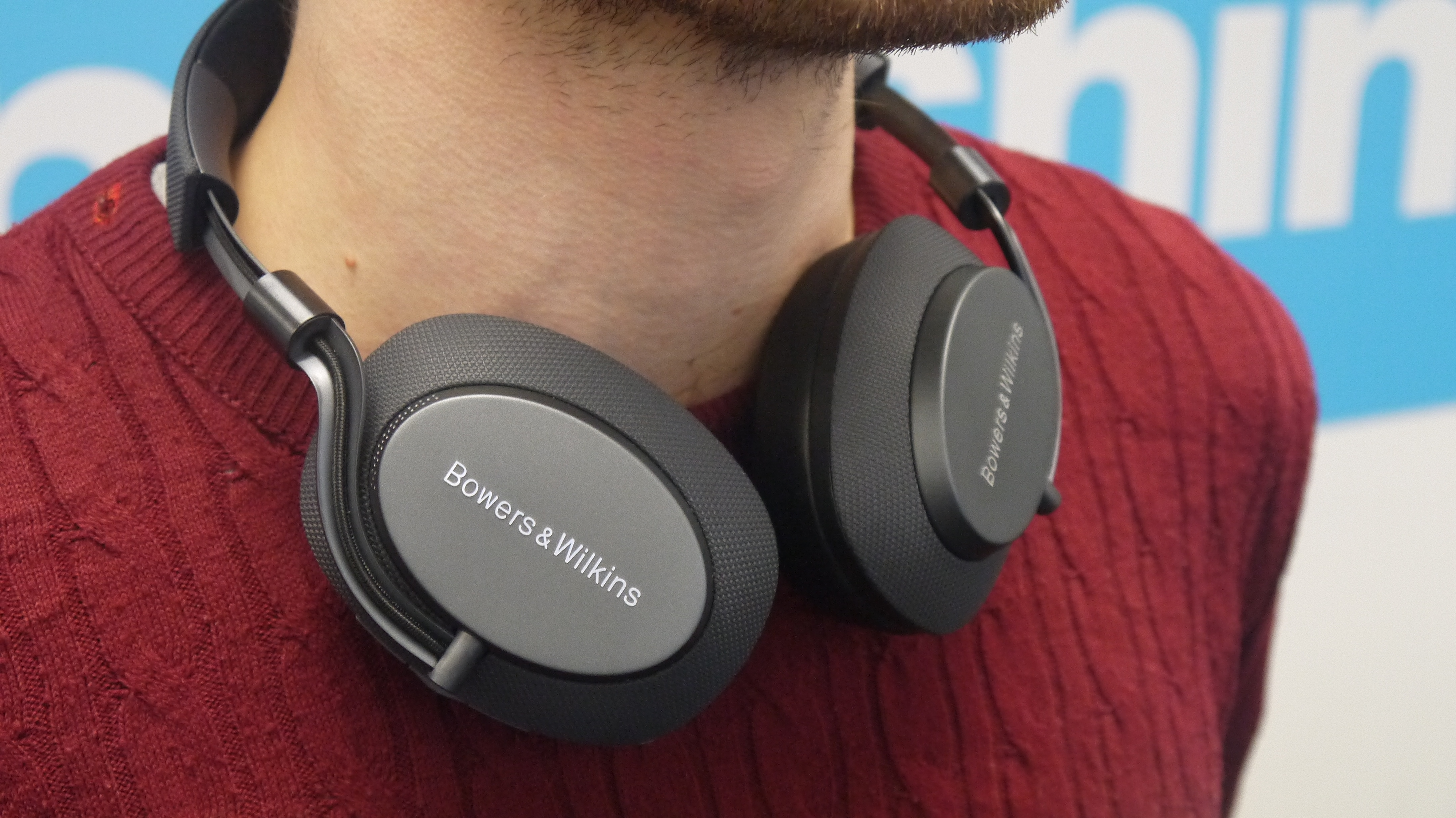
Bowers and Wilkins are a little late to the noise-cancellation game, but their first foray impresses.
The PX Wireless aren't just a great sounding pair of headphones, they've also got a number of other interesting tricks up their sleeve. They'll turn on and off automatically depending on whether you're wearing them or not, and they also feature the future-proof USB-C charging standard.
In our opinion their only downside is the sound quality, which we felt lacks the depth of the flagship headphones from Bose and Sony.
That said, if you've been a fan of the look of B&W's headphones in the past then the PX Wireless are certainly worth a listen.
Read the full review: Bowers and Wilkins PX Wireless
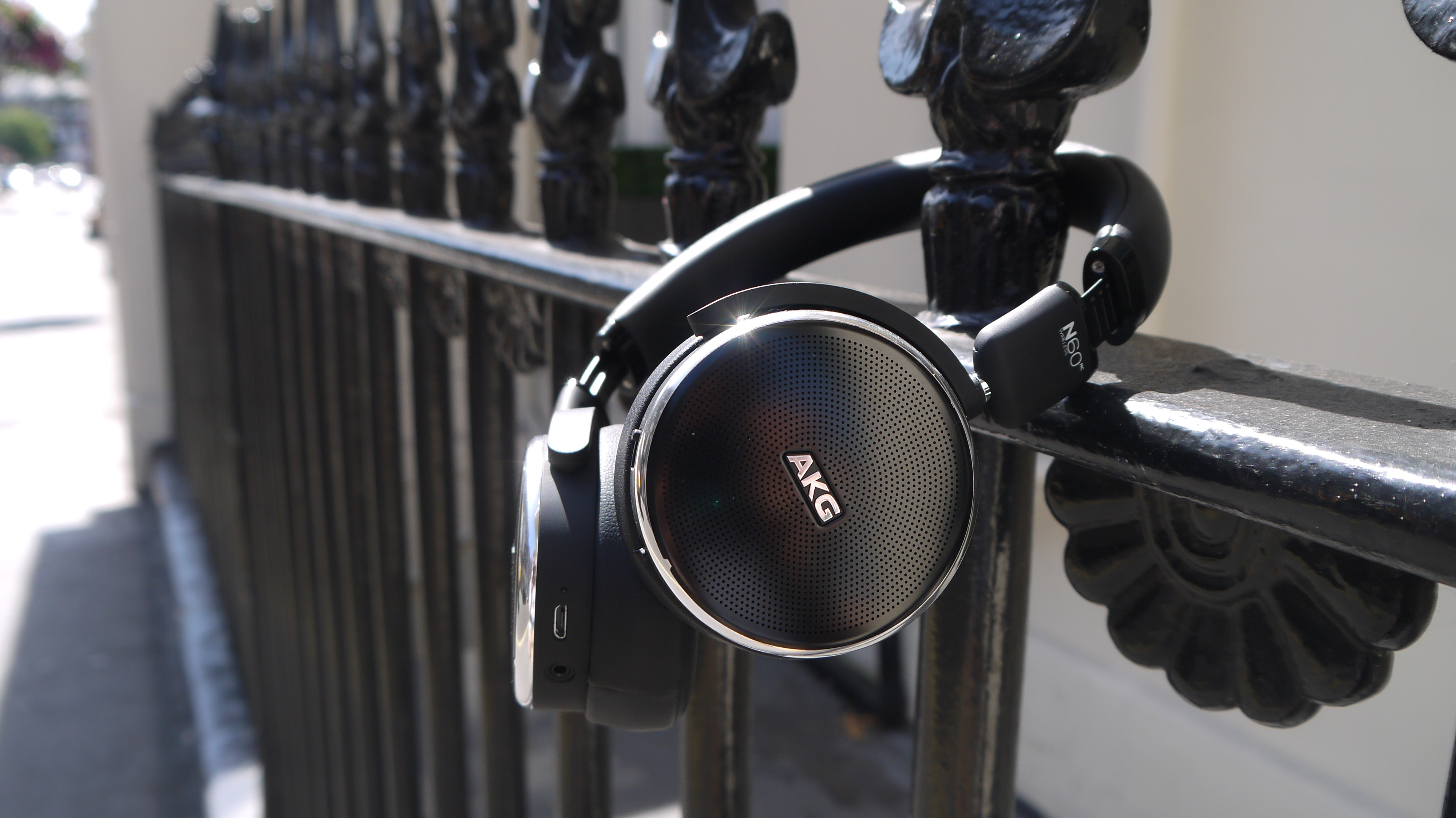
If you prefer on-ear noise-cancellation, then the AKG N60NC Wireless are a great pair of headphones.
At their mid-range price point the headphones offer fantastic value for money, with great sound quality and a level of noise-cancellation performance that's on a level with the much more premium entries on this list.
These are a fantastically compact pair of headphones, and offer a very complete package for the price.
Read the full review: AKG N60NC Wireless
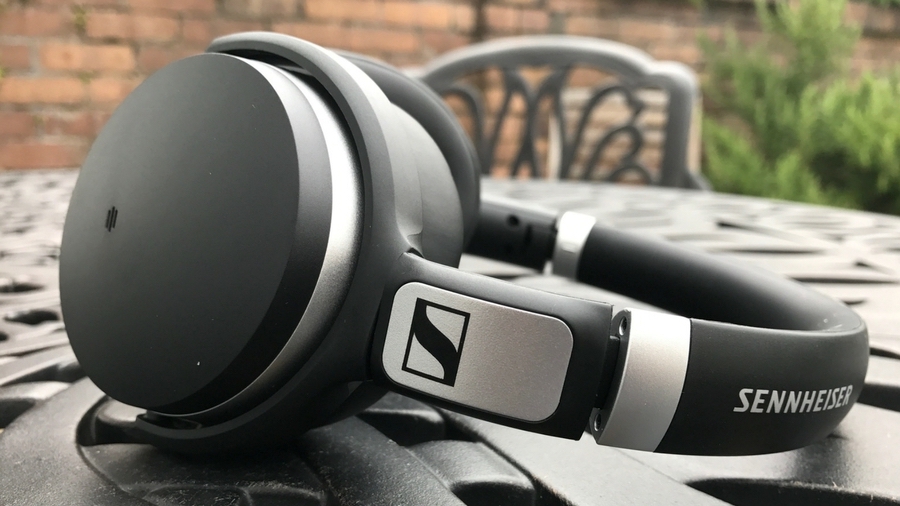
With noise-cancelling tech just as effective as that in headphones from rival Bose, and with a more musical sonic ability, the Sennheiser HD 4.50 BTNC are a definite contender for the noise-cancelling crown. More affordable and easy to travel with, these lightweight headphones are a great value all-rounder, whether for flights, commuter trains or busy offices.
Design-wise, the Sennheiser HD 4.50 BTNCs seem a more slimmed-down, lighter and more focused effort than the bulky and expensive alternatives from Bose and Sony; and crucially, the HD 4.50 BTNCs are just as good with audio, and almost as good on noise-canceling. Whether you're after noise canceling for long-haul ravel, for the commute, or just to stay more productive in a noisy office, the Sennheiser HD 4.50 BTNCs are worth considering.
Read the full review: Sennheiser HD 4.50 BTNC
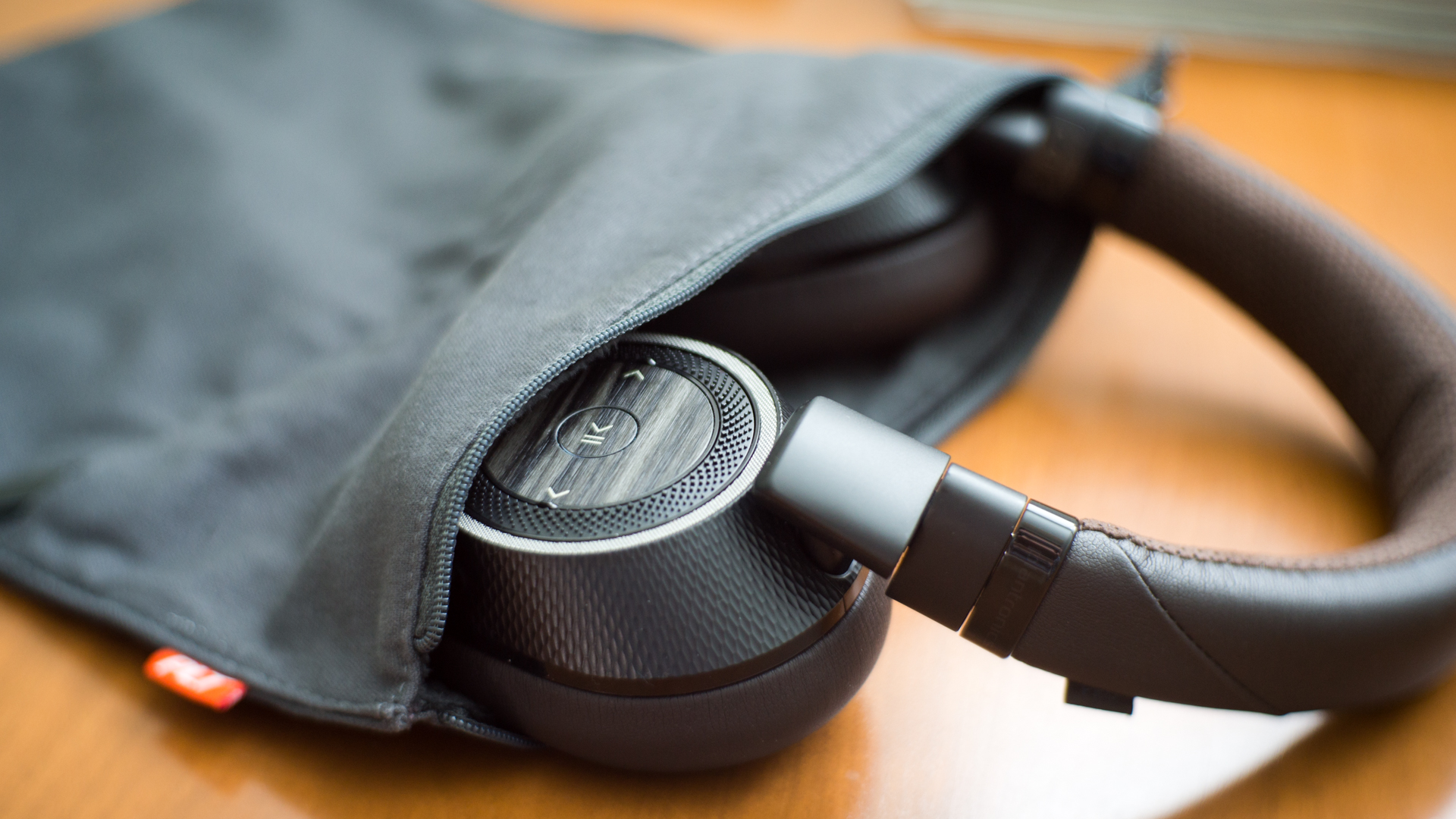
With the second generation Plantronics BackBeat Pro, Plantronics went back to the drawing board to fix many of the issues owners complained about the original. The BackBeat Pro 2, therefore, manage to keep all the great things about the original and improved upon its shortcomings, like its bulk and weight.
In terms of value, the BackBeat Pro 2 are basically a steal. With the BackBeat Pro 2, you’re getting a travel headphone with incredible battery life, supreme comfort, the ability to pair two device as once and, most importantly, good sound quality for the cost. If you don’t want to drop $350 (£290, AU$500) on the Bose QuietComfort 35 or $400 (£330 or AU$700) on Sony’s flagship MDR-1000X, the Plantronics BackBeat Pro 2 should be on the top of your shopping list.
Read the full review: Plantronics BackBeat Pro 2
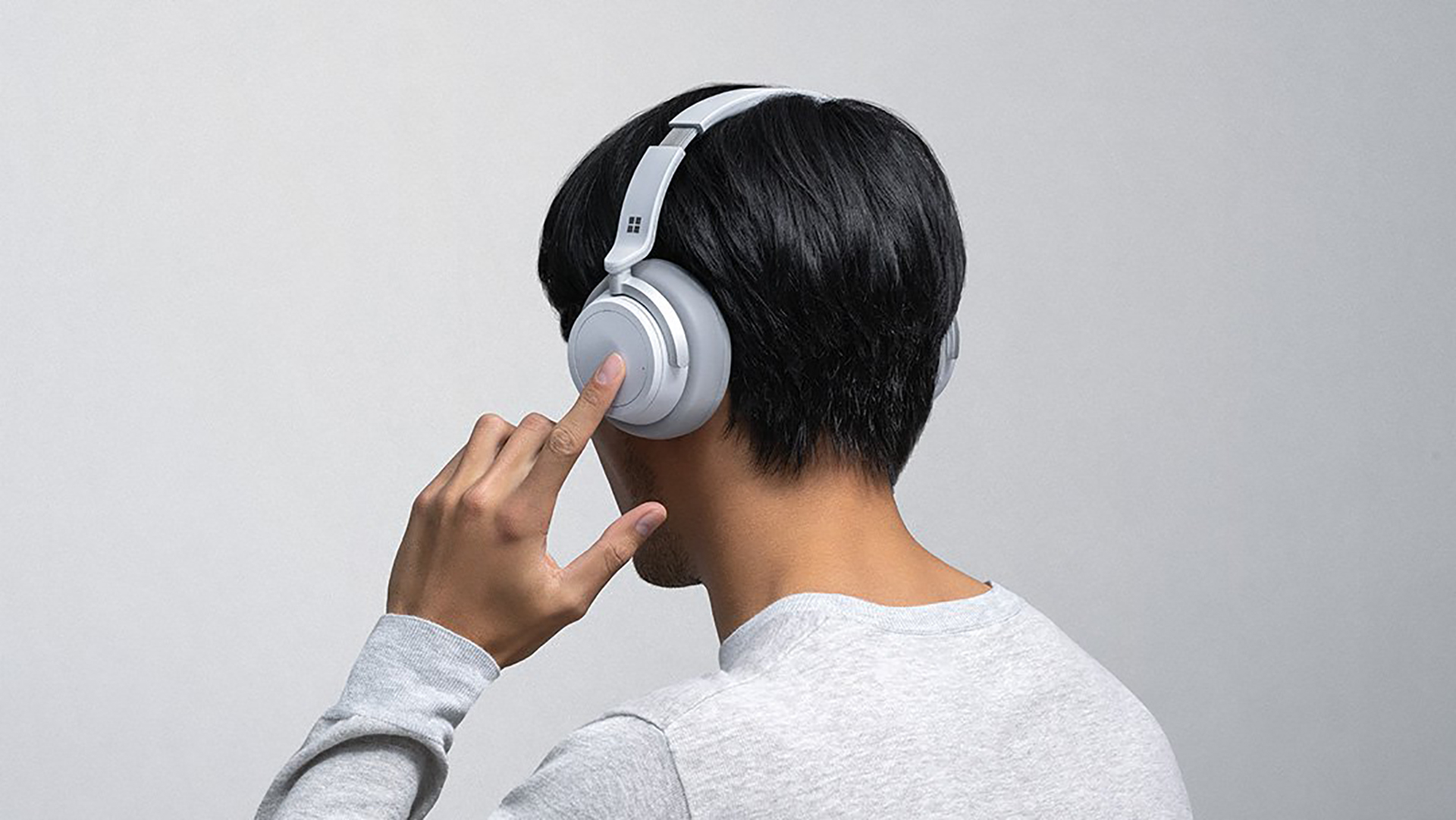
Overall, Microsoft’s Surface headphones are surprisingly good, with a stunningly warm sound, and generous bass frequencies, which means your music will sound great whether you’re listening to subby hip-hop or acoustic singer-songwriters.
One criticism of this warm sound is that it can take some of the attack away from lower-mid frequencies, which some users may find a bit underwhelming. However, if sharp trebles and mids tend to give you listening fatigue, these could be the perfect headphones for you.
The calling card of these headphones is the active noise cancellation, which we felt worked really well, and we loved how easy it was to control this using the inbuilt dials on each housing.
Although we were initially unconvinced by the high price (particularly when you can buy quality cans from heritage audio brands for less), the features work so seamlessly that it feels justified.
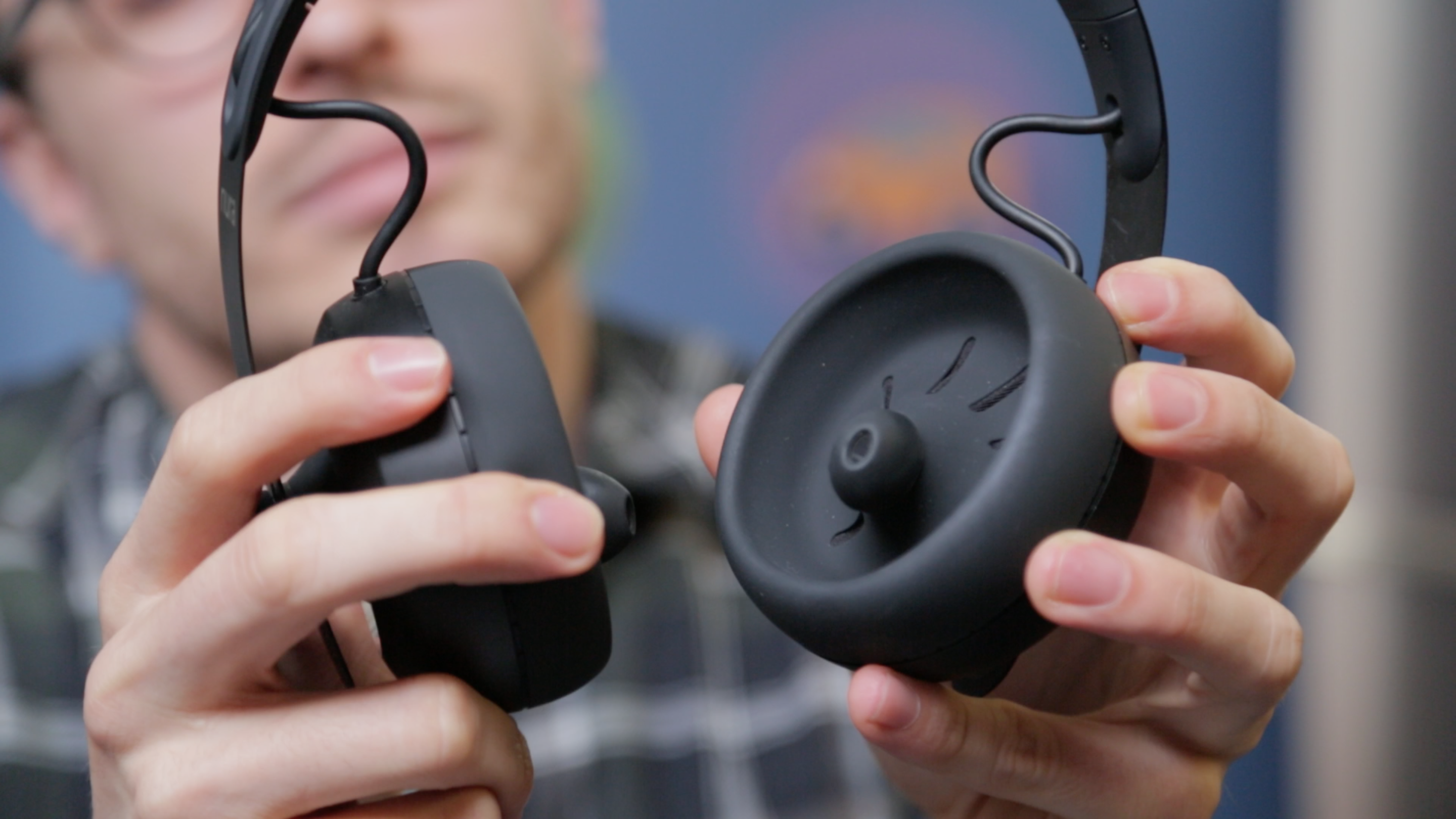
If you haven't found something quite to your liking so far, we have one last option for you to look at – the all-new Nura Nuraphone over-ear/in-ear hybrid. Their form factor means you’ve not only got an earbud sitting at the entrance of your ear canal, but also an over-ear cushion sitting over your entire ear. This effectively means you’ve got two physical barriers meaning that the noise from the outside world can’t get to your ears. While more traditional over-ear headphones do a better job offering useful features at a reasonable price, the Nuraphone will appeal to the more experimental audio crowd looking to be on the bleeding-edge of the next big thing.
Read our full review: Nuraphone Headphones
- We have exhaustive guides to the best headphones on the market buy today including the best on-ear headphones, the best in-ear headphones and the best over-ear headphones.
- Want to go wire-free? Check out our guide to the best wireless headphones.
- Looking for some headphones you can take in the pool or on a run? Check out our guide to the best swimming headphones and best running headphones.
- [Update: Looking forward to CES 2019? Here's what you can expect from the annual tech-stravaganza.]
What is Amazon Prime? Amazon’s subscription service in Australia explained
UPDATE: The introductory offer for Amazon Prime in Australia has expired. Starting February 1, the membership cost is $6.99 for existing and new customers. For the latter, there is a 30-day trial period, with all the free perks included.
Scroll down to find out more about Amazon Prime.
Although Amazon launched locally in Australia in December 2017, the online retail giant’s famous Prime subscription service – already well-established in other markets like the US and the UK – took a little longer to arrive. It finally made landfall Down Under some six months later in June 2018, and brings with it a range of savings and benefits for Aussie shoppers for a flat monthly fee of $6.99.
So what’s included? In a nutshell, if you sign up for Amazon Prime in Australia, you’ll get:
- Free two-day delivery on domestic purchases
- Free standard delivery on orders over $49 made from the ‘global’ section (ie. international purchases)
- Access to Prime Video, Prime Reading and Twitch Prime
- Early access to discounts and deals
- Big savings on Amazon Prime Day

What is Amazon Prime?
The main appeal for Amazon’s Prime service is that it offers members fast and free delivery on many purchases, plus access to some of the company’s streaming services.
Prime members also get exclusive early access to select deals and offers, and get to participate in a members-only annual sale called Prime Day.
In the US, Amazon Prime offers free shipping on millions of items, same-day delivery (or even two-hour delivery in some cases) and access to its video and music streaming services, unlimited ebooks and audiobooks, and unlimited photo storage. However, to get all the goods and services Amazon promises in its Prime package American customers pay US$12.99 a month (US$119 a year).
In Australia, unfortunately, there are some caveats to what Prime members get, but it also costs us less – half of what the US pays, to be precise.
How much does the Prime service cost in Australia?
In Australia, Amazon Prime subscriptions cost $6.99 a month, or $59 per year.
As is customary with all of Amazon’s subscription services, there’s a 30-day free trial on offer. If you aren’t happy with the Prime service, you’ll need to manually cancel your membership before the 30-day trial ends or you will be charged the full monthly fee the following month.
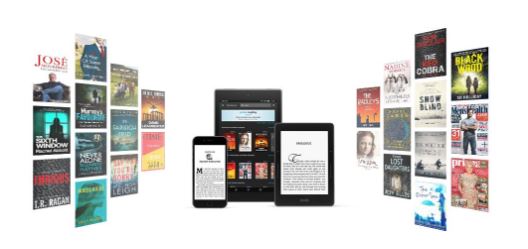
What do Australian Prime members get?
Amazon has brought the promise of free delivery for its Aussie Prime members, but it’s limited to domestic purchases only. If you buy something from an Australian third-party merchant selling goods on Amazon Australia, you won’t be charged for delivery, not matter how small or large your final order costs.
The caveat here, though, is that the product needs to carry the “Prime Eligible” label. If that’s not visible, speedy or delivery is not an option even if you are a Prime member. However, if the order is over $49, it automatically qualifies for Amazon’s free standard delivery policy.
Also worth noting is that, in Australia, Prime’s free delivery service isn’t the 'same day' one that's offered in the US. Locally, it’s a two-day delivery promise – something that's most likely due to Amazon having only one Australian fulfilment centre located in Melbourne. We’re hoping that might change to a one-day delivery promise, since the company’s second fulfilment centre in Sydney is now open.
On international items bought from the new 'global' area of the store, only purchases over $49 will be eligible for free delivery, but again, it needs to carry the “Prime Eligible” label to qualify.
Prime members also get exclusive early access to Lightning Deals (Amazon’s limited-time deals that vanish within hours of going live).
Alongside those shopping benefits, there’s a number of complementary digital-media subscriptions that are included for free with Prime:
Other Amazon services in Australia
While Prime members in the US get additional perks, like access to free grocery and restaurant deliveries and a free subscription to the Washington Post (which Amazon CEO Jeff Bezos also owns), the Australian Prime service is limited to just the aforementioned options.
However, Amazon’s repertoire in Australia still extends beyond those Prime offerings. There’s a smattering of other services that the company runs locally, although you’ll need to sign up for them individually, paying either a monthly or annual fee for each.
Here’s what those locally-available Amazon subscription services entail:
While Amazon Prime has its perks, you don't have to be a member to avail low prices on products being sold on the online marketplace.
If you're after savings on cool gadgets and gizmos, we handpick some excellent bargains to be had on tech in our Best Amazon Deals and Sales page.
Apple just broke Google’s internal iOS apps for circumventing data-collecting rules
Apple has purposely broken Google's internal iOS apps for improper use and privacy concerns, reportedly affecting its pre-release beta and employee-only apps software.
Revoking Google's enterprise certificate comes one day after Apple did the same to Facebook. Both companies misused their developer certification, which is supposed to be for internal-only apps for employees, to make consumer-accessible ones that collected user data. That's a no-no, according to Apple's rules.
Google voluntarily shuttered its own app in question, Screenwise Meter, yesterday after press attention and publicly apologized. Like Facebook’s app, Screenwise monitored how folks used their iPhones.
And while it seems like Google’s app had less access than Facebook’s, it still broke Apple’s policy regarding its enterprise certificate: “Any developer using their enterprise certificates to distribute apps to consumers will have their certificates revoked.”
Apple’s move today to revoke Google’s certificate has blocked its use of early versions of Google Maps, Hangouts, Gmail and other pre-release beta apps, according to The Verge.
A serious, but likely temporary block
Considering how important testing apps is to both Facebook and now Google, it’s likely the companies are rushing to fix their strained relationship with Apple – not to mention access to their iOS testing systems.
Google is already in talks with Apple, notes Bloomberg’s Sarah Frier, and Facebook seems to have already negotiated to restore their certificate and reactivate their internal app library.
- Concerned about security? Check out our list of the best VPNs
Amazon's best deals: Save on the Instant Pot, Apple iPad, and Amazfit Bip
As we head into the weekend, we've rounded up this week's top deals from Amazon, which include a variety of best-selling tech gadgets. The highlighted deals include the most recent Apple iPad for $279.99, $10 off Amazon's Choice 4K Fire TV Stick, and the Cowin noise-canceling headphones for only $49.99.
Amazon's best deal this week is the popular Instant Pot Duo Plus, on sale for $79.99. That's a whopping $50 discount and the best price we've seen for this multi-use pressure cooker. The 6Qt pressure cooker replaces nine kitchen appliances in one and prepares dishes 70% faster. The popular pressure cooker can whip up a variety of recipes and foods that include everything from rice and eggs to cakes and yogurt. You can even ask Alexa for guided cooking and 750+ recipes.
Other Amazon top deals:
- Shop the best Super Bowl 2019 TV deals this week
The best 4K monitors 2017: the top Ultra HD monitors and displays
For a while, the best 4K monitors were the golden ideal of computing, but these days, its available for basically anyone. Which is good, because these days everything is designed for ultra high definition displays, from operating systems to the best PC games. And, just like all the best monitors out there, they’re designed to provide users with a beautifully immersive – or productive – experience.
With the new wave of affordable 4K monitors recently hitting the market, considerably cheaper than 4K TVs, they’re naturally all the rage right now. If you’re one of the many currently in the market for a 4K monitor to meet your PC gaming needs while still keeping within budget, we’re here to help you find the right one.
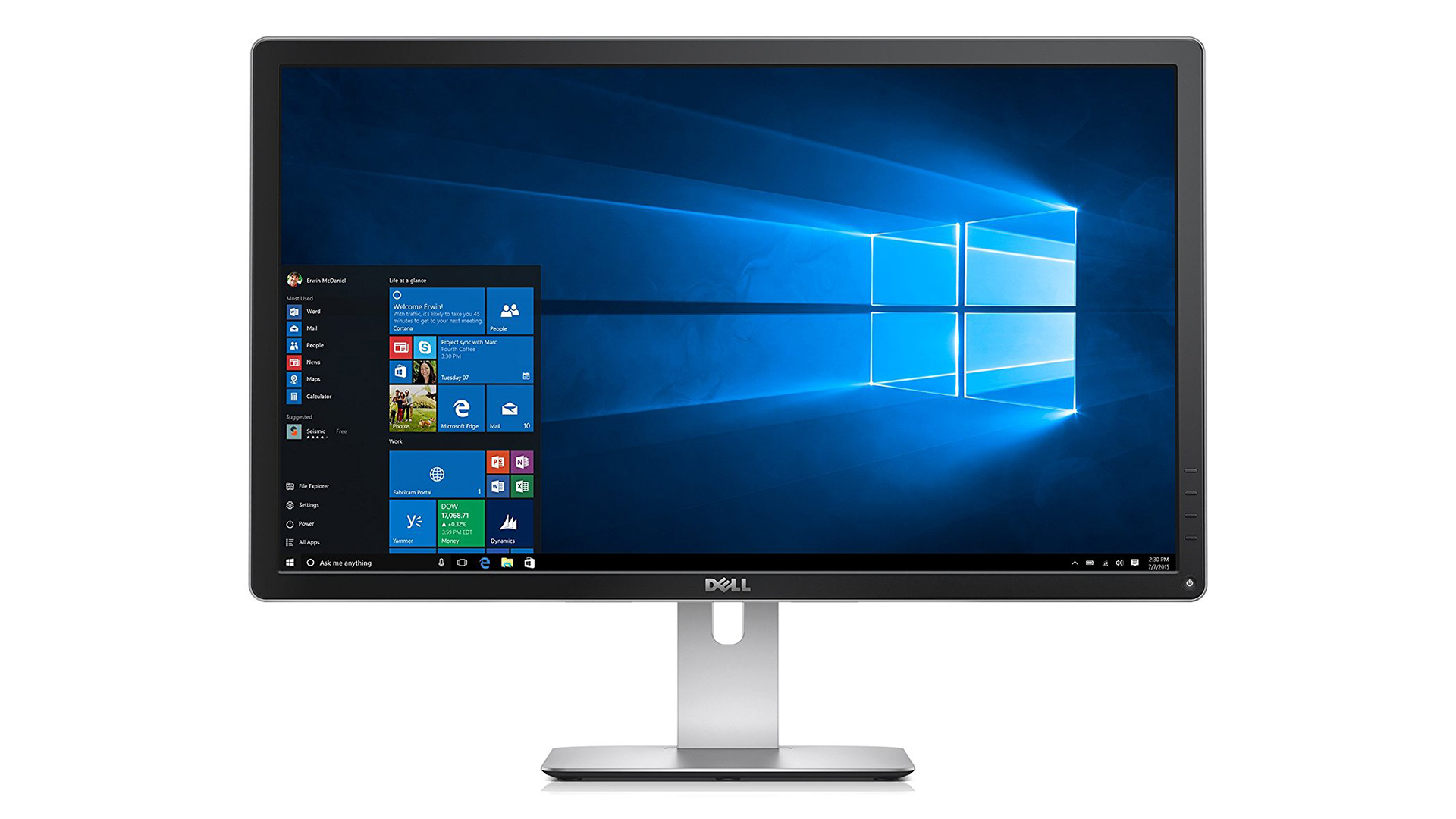
Dell’s P2715Q has often been name-dropped as one of the best 4K monitors in the market. With its sharpness, vivid colors, and ultra high resolution, it delivers excellent image quality for an affordable price no less. It also affords a range of features that rival its more expensive competitors. One such feature is its ergonomic stand for adjustable height and a screen you can pivot to your heart’s content. There’s also its 60Hz refresh rate as well as its gamut of ports. P2715Q is a strong contender for professionals and gamers alike.

LG UltraFine 4K might feel like David in a sea of Goliaths. Yet this monitor still screams Apple when it comes to functionality. The setup process is incredibly easy there’s not even a power button—you just plug the power adapter and then connect to your MacBook with the a single USB-C cable, which is for power, data, and display. It’s not without limitations, namely the absence of a Thunderbolt 3 port. However, it’s configured P3 color space renders a wider gamut of colors than other displays. Its small screen size coupled with Ultra-HD gives you extreme sharpness without sacrificing your deskspace.
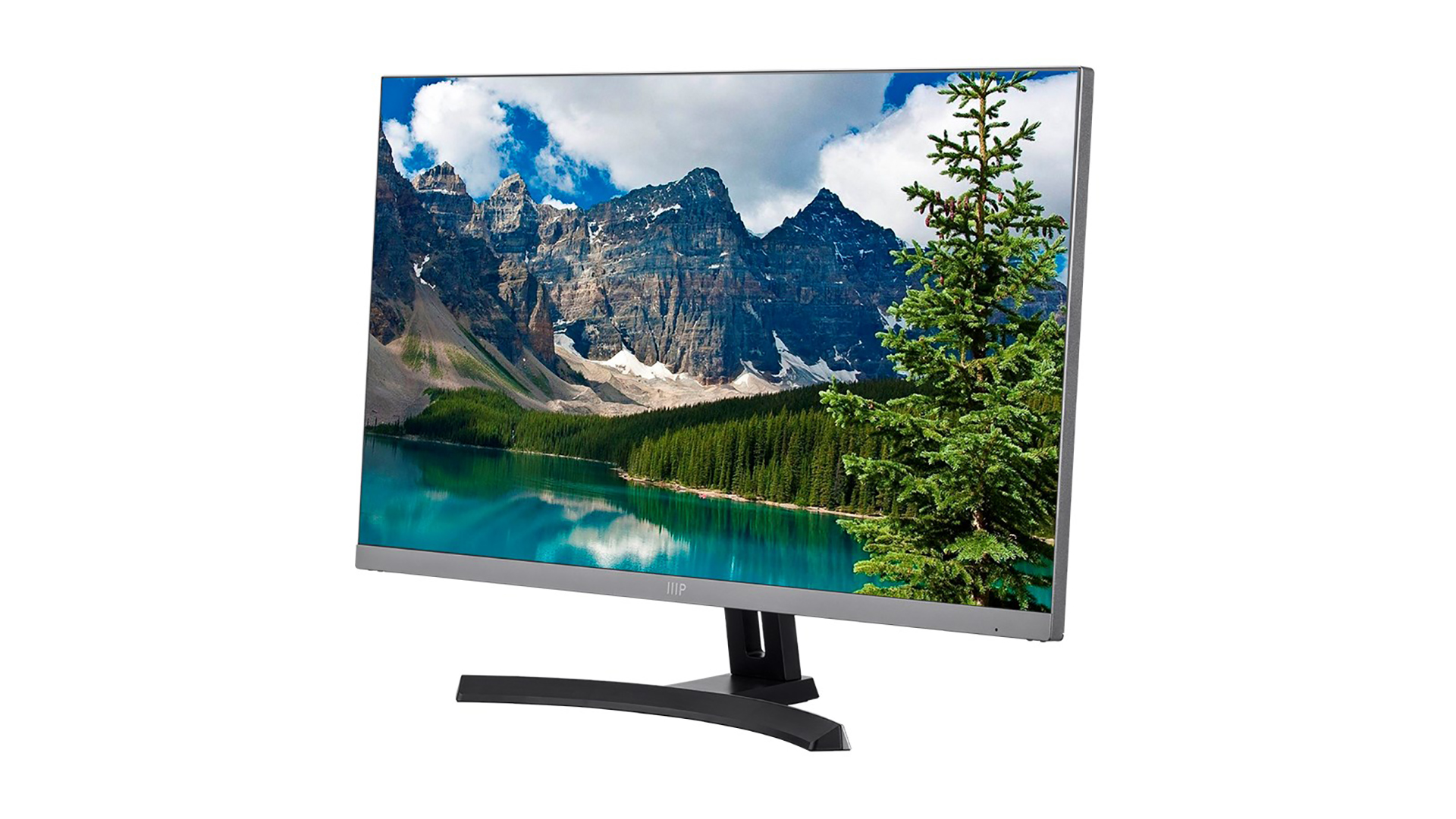
Monoprice isn’t the most revered on the market, the brand makes some of the most affordable panels in the market. Its Ultra Slim Aluminum monitor, for one, is praised for is sleek, ultra thin bezel design and ultra wide viewing angles at 178°. Though limited in features – there are no built-in speakers, for example – its IPS panel allows for super sharp image display, the FreeSync technology reduces screen tearing, and the brand’s Pixel Perfect Guarantee gives it a vibrant color performance. Additionally, it supports more connectivity than its better-known competitors with the two DisplayPorts and two HDMI ports.

Those looking for a 4K monitor with crisp image quality and G-Sync’s smoothing, anti-tearing technology will certainly benefit from the Asus ROG PG27AQ. That is, if you’re willing to spend $900. It does have more than enough makings of a gaming panel: Asus’ Flicker-Free technology, a five-way joystick for on-screen display settings, a button for its built-in GamePlus technology, an ergonomic (LED-lit) stand, and six display modes. Still, for that price, you’re certainly allowed to expect more bounce for your once including a higher refresh rate and access to more image quality adjustments.

While 4K monitors are becoming more and more common, even without particularly powerful hardware, we still run into the kind of monitor that changes everything. The Asus ROG Swift PG27UQ is one of these. Asus has managed to craft a 4K gaming monitor with HDR and the kind of color support you see in professional displays – and render that all at 144Hz with G-Sync no less. There are only a few monitors out there that packs as many features as this Asus screen, and that’s why it’s one of the best 4K monitors. But, keep in mind, you’re going to have to pay for something this advanced – and we mean pay.
Read the full review: Asus ROG Swift PG27UQ
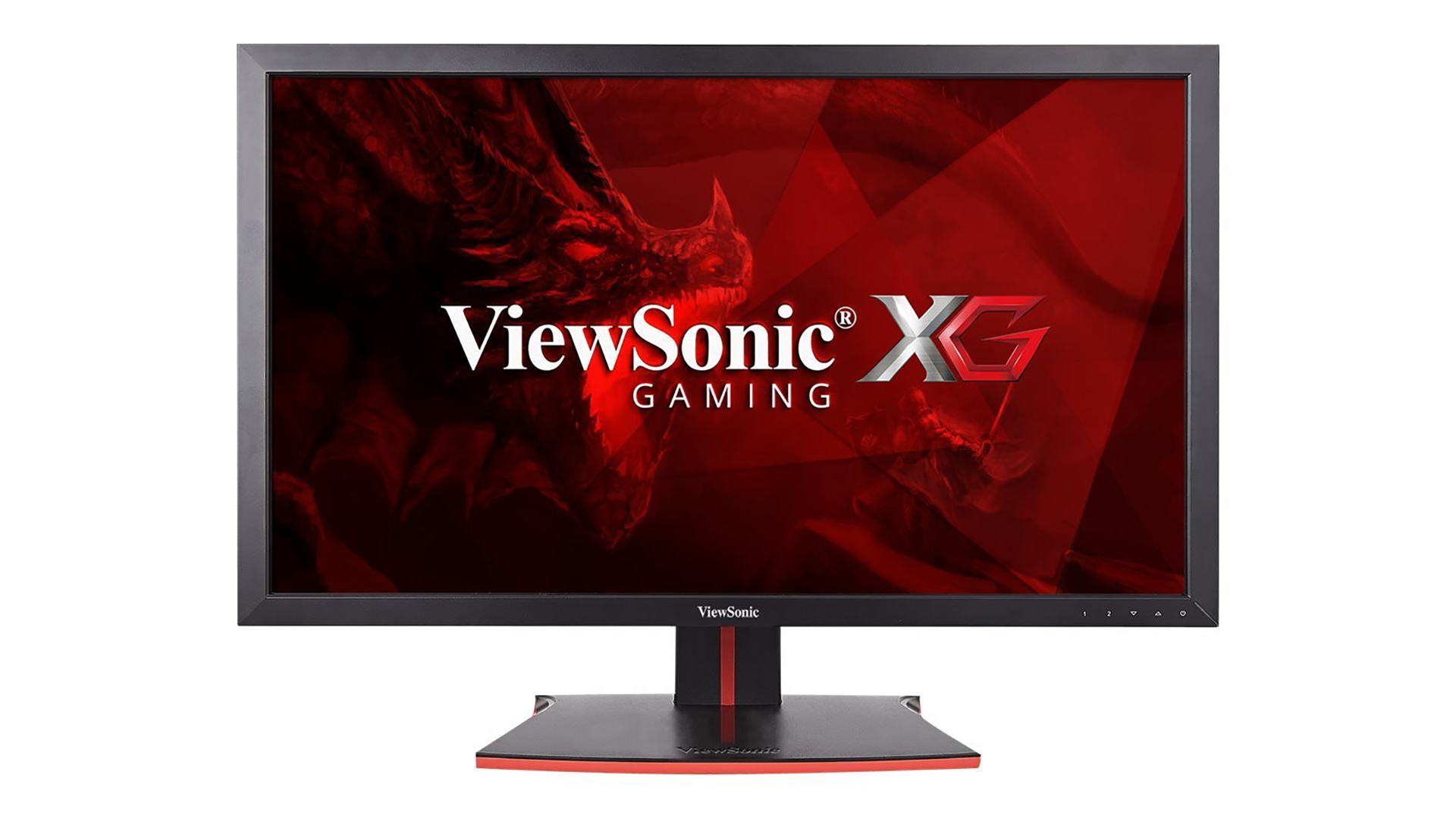
If you’re looking for a 4K monitor for gaming, ViewSonic’s XG2700-4K is the perfect fit. It is not without quirks: the screen brightness could be higher, the red on black trim is an acquired taste, and it has no built-in speakers. On the other hand, you get amazing picture quality, quick response time, accurate color performance, multiple ports, and a versatile stand for multiple viewing angle options. Its most notable feature is AMD FreeSync to prevent tearing and ensure that your games are running smoothly. Of course, the picture-in-picture and picture-by-picture modes are also helpful because who doesn’t multitask nowadays.
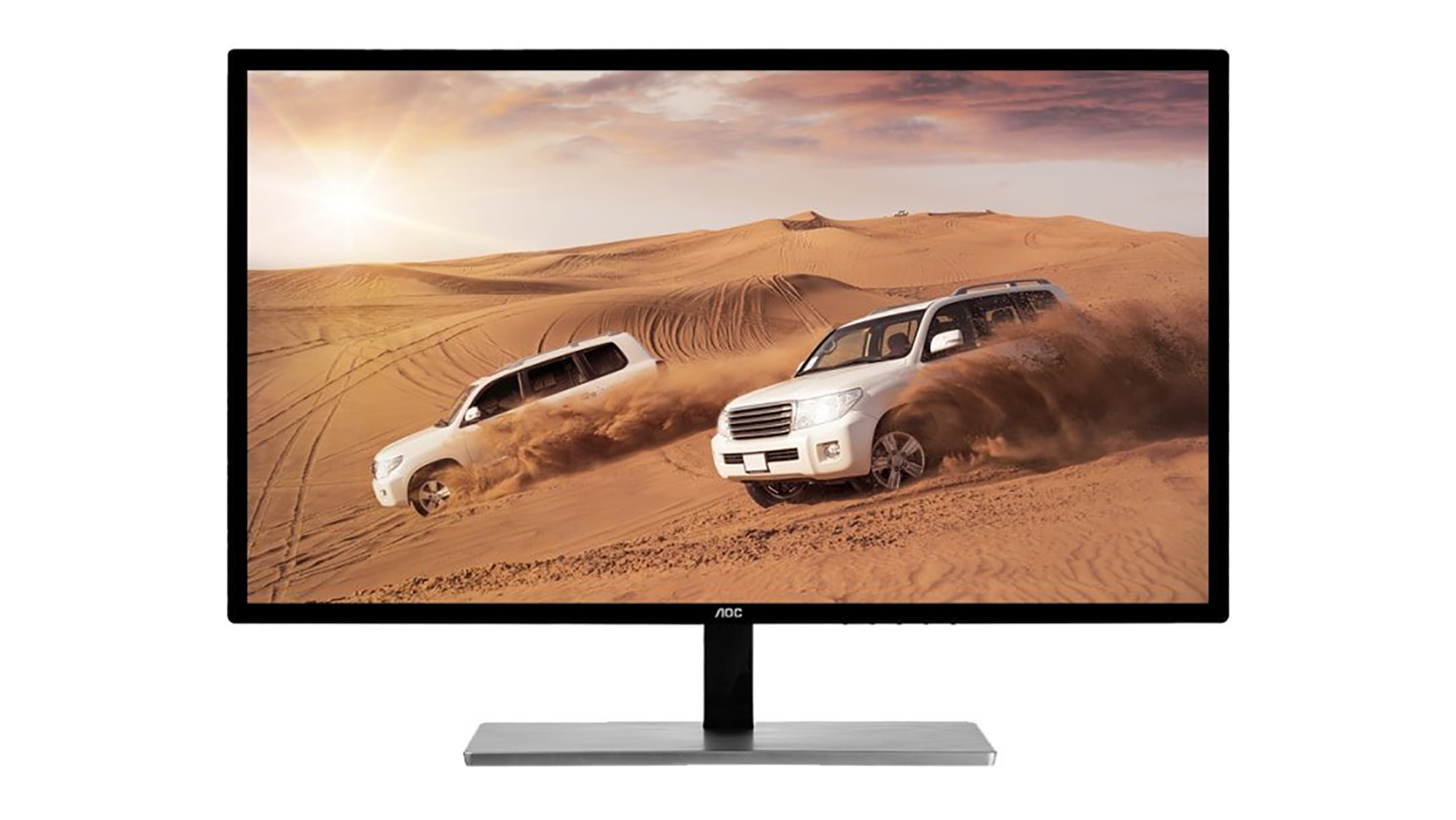
Though IPS monitors offer better viewing angles and color reproduction, a TN monitor is better for competitive gaming with much faster response time, higher refresh rates, and affordability. This is how AOC’s U2879VF has a 1ms response time and a refresh rate of 144Hz all for a low, low price. It’s not all sunshine and rainbows however. If you can forgive the restricted viewing angles, the occasional flickering at 144Hz, the absence of a USB port, and the ho-hum color performance, this AMD FreeSync-enabled monitor is for you.

If you have an absolute beast of a gaming computer – think two Nvidia RTX 2080 Tis in SLI – and you need a monitor that can keep up, you might want to take a look at the Acer Predator X27. Not only is it a 27-inch 4K monitor with HDR, but it also has a refresh rate of a whopping 144 Hz. If you have the horsepower, you can play games in 4K competitively without losing an edge to the person playing in 1080p. But, as you may expect from a spec sheet like this, it’s very expensive – but if you need the tech, it’s definitely there.
Read the full review: Acer Predator X27
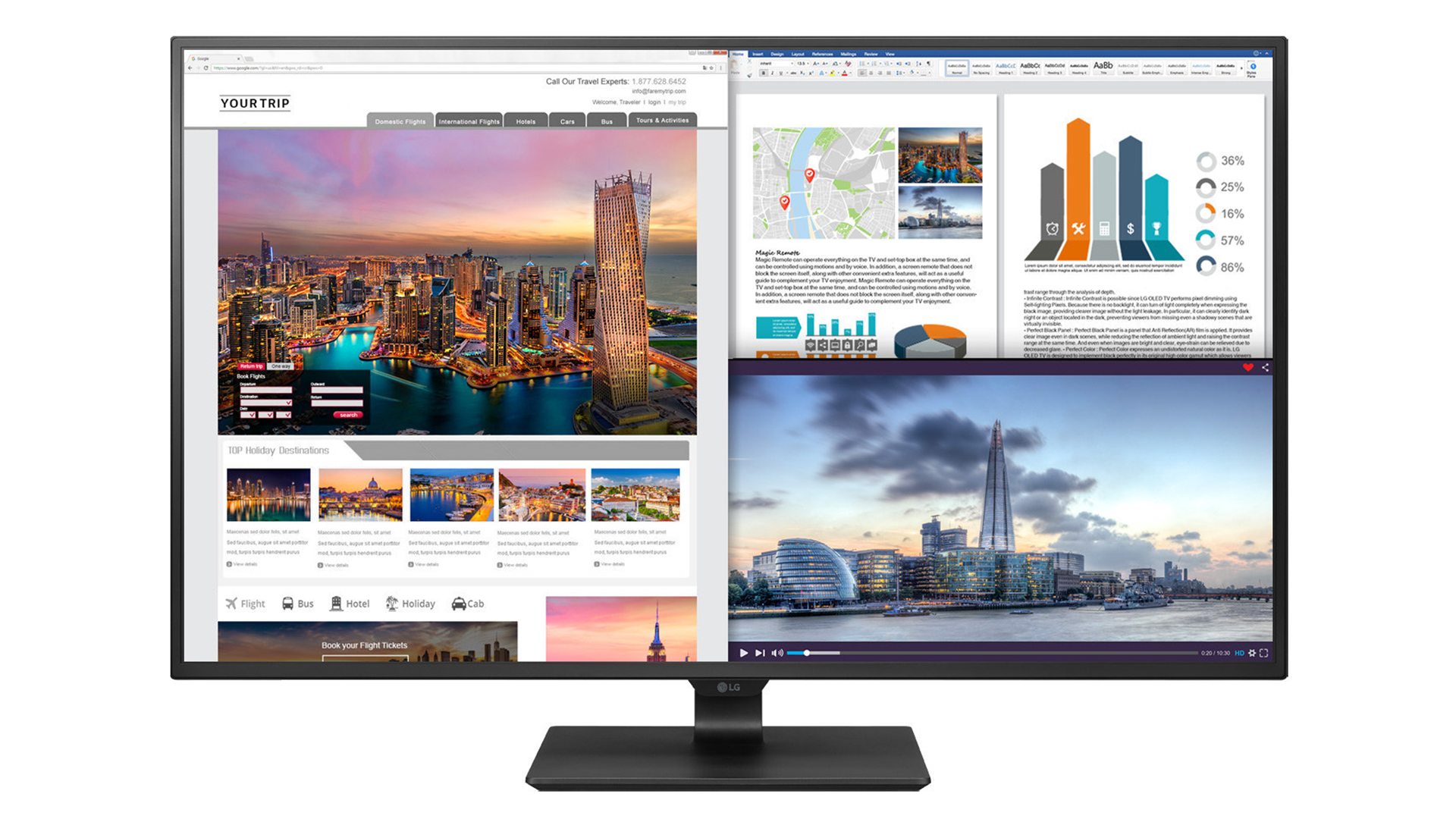
You’ll need a bigger desk with 43UD79-B’s hefty, 42-inch screen. Unfortunately this bigger than life screen might also be darker around the edges and a sluggish refresh rage. However, this 4K monitor’s other features will more than make up for its flaws. The screen split software, for one, allows for a range of screen configurations. This, coupled with its four HDMI inputs, a DisplayPort 1.2a port, and a USC-C port, will let you effortlessly run multiple devices at once. Along with its true IPS screen, color-rich display, and FreeSync compatibility, you might just be getting a bargain.

Don’t let BenQ’s PD3200U’s 32-inch screen intimidate you. Although this might be the most expensive monitor here, it might just be the ticket if you’re looking for something very functional and you’ve got the dough to match. Due to its ultra-high resolution, the large screen size actually works to your advantage. It’s also fully adjustable so that you can swivel, tilt, and rotate the screen with very little effort. This one’s intended more for professionals with its CAD/CAM mode, 4ms response time, and KVM switch features. However, gamers will certainly appreciate its other features, if not its ho-hum, boxy design.
Read the full review: BenQ PD3200U
- Looking for a more great gaming monitor? Check out our list for the best
!!!!!!!!!!
Popular Posts
-
SE Ranking has emerged as a useful tool in the digital marketing industry, revolutionizing the way businesses manage their online presence....
-
If you’re looking for the best email marketing software available today, we highly recommend considering GetResponse . This popular softwa...
-
The iPhone SE is still going. Holding out against its big-screen siblings, this 4-inch handset continues to offer a compact, one-handed use ...
-
Two-minute review Jump to... (Image credit: Samsung) Release date and price Design Camera Specs and performance Should you ...
-
Between the predictable spells of rain, the 2019 Cricket World Cup has delivered all the scintillating action that we'd been waiting fou...
-
It's the merry month of November, meaning everyone is gearing up to face the frenzy that is the Black Friday sale period. This year, th...
-
Presidents' Day 2020 has officially arrived, and that means you can find incredible deals from retailers like Best Buy, Walmart, and Ama...
-
The Spanish/Chinese brand, Doogee , has a range of unremarkable rugged and regular handsets available, but its latest model offers a surpris...
-
HomeByMe is another web-based 3D home design tool. The photos on its front page sure make for an enticing service, so let’s take a look at...
Blog Archive
-
▼
2019
(13705)
-
▼
January
(1757)
- The best 13-inch laptops in India for February 2019
- Samsung’s Galaxy S10 Line Screen Sizes Revealed, C...
- Best TV 2019: which TV should you buy for the Supe...
- Best laptops under Rs 40,000 in India for February...
- The best ebook readers for Australians in 2019
- Oppo K1 with in-display Fingerprint Sensor to Laun...
- NBN plan comparison: best value options (updated F...
- Best laptop sales in Australia: Cheap laptops to b...
- Best noise-cancelling headphones 2019: the best he...
- What is Amazon Prime? Amazon’s subscription servic...
- Best Bluetooth speakers 2019: the best portable sp...
- Apple just broke Google’s internal iOS apps for ci...
- Amazon's best deals: Save on the Instant Pot, Appl...
- The best 4K monitors 2017: the top Ultra HD monito...
- Best all-in-one PCs 2017: top compact AIO desktops
- Nintendo Switch 2 might actually be a smaller, che...
- This Samsung Galaxy S10 Plus ‘official’ photo may ...
- Didn’t buy a smartphone in 2018? First full-year d...
- New 'collection' data dump contains 2.2bn username...
- UK SMEs using technology to overcome their fears
- Microsoft Surface Pro 7: what we want to see
- Best secure drives 2019: top USB drives to protect...
- One in five email attacks uses compromised accounts
- Final Fantasy 7 remake: trailers, release date, ne...
- 'AI could send us back to the stone age': In conve...
- Intel releases its monstrous 28-core processor for...
- The best free website builder 2019
- Today-only Amazon sale: Save up to 70% on Logitech...
- US and China take worldwide AI lead
- Apple's touchscreen MacBook keyboard may be unlike...
- Best website builder of 2019
- Best free Android apps of 2019: 100 you must download
- The best cheap laptop deals and sales in February ...
- Sharp’s new Bluetooth speakers come in striking br...
- Best cloud storage of 2019 online: free, paid and ...
- The best free Android games 2019
- Looks like Dell is planning a 2-in-1 with a foldab...
- Investing in a 5G future: The role of MNOs
- Nokia predicts staggered demand for 5G kit in 2019
- Moto G7 release date, price, news and leaks
- Huawei shows its 5G arsenal with the multi-mode Ba...
- Moto G7 Plus release date, price, news and leaks
- The best Android games
- Now TV deals: save over 40% on a Sky Sports pass
- The cheapest Huawei Mate 20 Pro SIM-free deal: O2 ...
- West Indies vs England live stream: how to watch 2...
- Simple tech tweaks can make a big difference
- Best iPhone lenses 2019: transform your smartphone...
- Samsung Galaxy Sport release date, price, news and...
- Boeing and Bell's 'flying cars' will be the first ...
- After Facebook, Google Shuts Down its Data Trackin...
- MWC 2019: what to expect from the biggest mobile s...
- 5G phones: these are going to be the first next-ge...
- Outgoing BT CEO delivers positive final results
- PlayStation Plus subscribers now get 100GB of clou...
- LG G8 release date, news, price and leaks
- Criterion's streaming service for film buffs is re...
- Google+ will start shutting down on February 4
- Unloved Windows 10 October 2018 Update installed o...
- Lumix S1R and Lumix S1 specs and prices leaked
- Ruark’s R5 Hi-Fi Music System promises superior so...
- LG G8 and LG V50 ThinQ could both land at MWC 2019...
- Returns misery? How IT can underpin a seamless Jan...
- Moto G7 Plus live images spill out 27W fast charge...
- Want to test the next big Windows 10 (19H2) update...
- Samsung Galaxy Sport smartwatch close to launch as...
- LG G8 & V50 ThinQ will be Unveiled at MWC, V50 wil...
- LG hints strongly at 5G foldable phones for 2019
- Asus announces ZenBook 13, ZenBook 14 and ZenBook ...
- Optus announces plans for 5G home broadband with N...
- Apple takes action against Facebook following late...
- Mysterious bug bricked Xbox One consoles for a few...
- Chromebooks are Windows’ greatest enemy, Microsoft...
- iPhone 11 may get a triple-lens camera, but not iP...
- 5G Samsung Galaxy S10 won't be ready at launch, so...
- Does anyone actually want to buy an 8K TV?
- Super Bowl 2019 TV deals: The best deals this week...
- Internet Explorer 10 set for termination in Januar...
- AMD's latest earnings should have Intel and Nvidia...
- Best ergonomic office chairs 2019: top seats for c...
- The best portable laptop battery chargers and powe...
- Galaxy S10 Plus-bound? Samsung officially reveals ...
- Best free web hosting of 2019
- UK businesses will have to cancel .eu websites aft...
- Apple 2019 iPhones to Come With Triple Cameras, US...
- Meizu Zero Holeless Smartphone is Now Listed on In...
- YouTube Music rolls out to Sonos speakers
- Star Wars Jedi: Fallen Order – release date, trail...
- Tubi: Everything you need to know about the free m...
- The best rugged laptops of 2019: we test drop-proo...
- AI and ethics: looking inside the black box
- Apple Music streaming will work on American Airlin...
- Best Linux web hosting services of 2019
- Facebook paid users to install a VPN that spies on...
- The Google Home Hub is back down to its Black Frid...
- Fallout 76’s latest patch brings back old bugs
- Harry Potter RPG release date, news and rumors
- The best Android apps to download in 2019
- Harry Potter Wizards Unite: everything we know and...
- iRobot's Terra Robot Mower is the official 'Roomba...
-
▼
January
(1757)